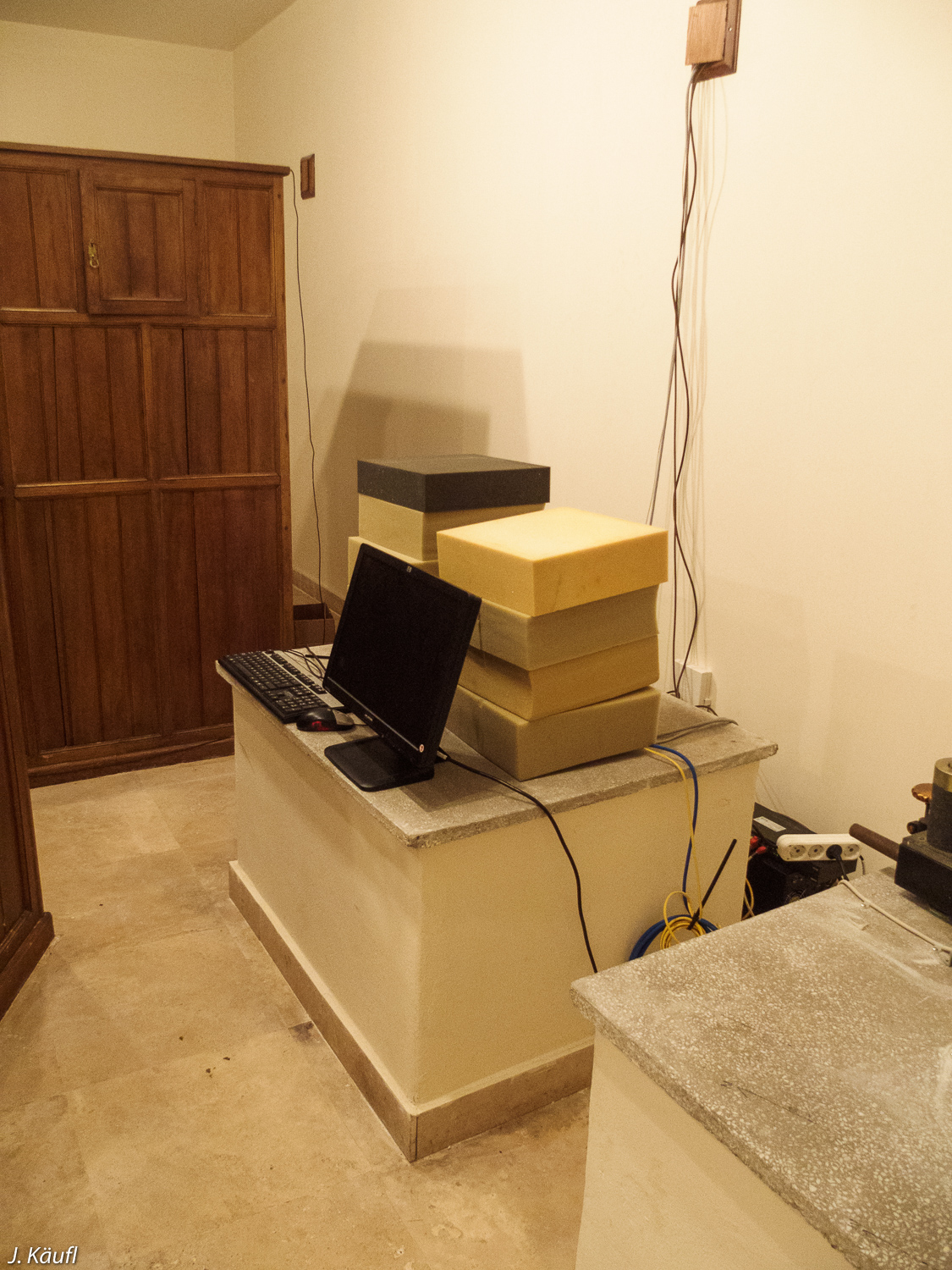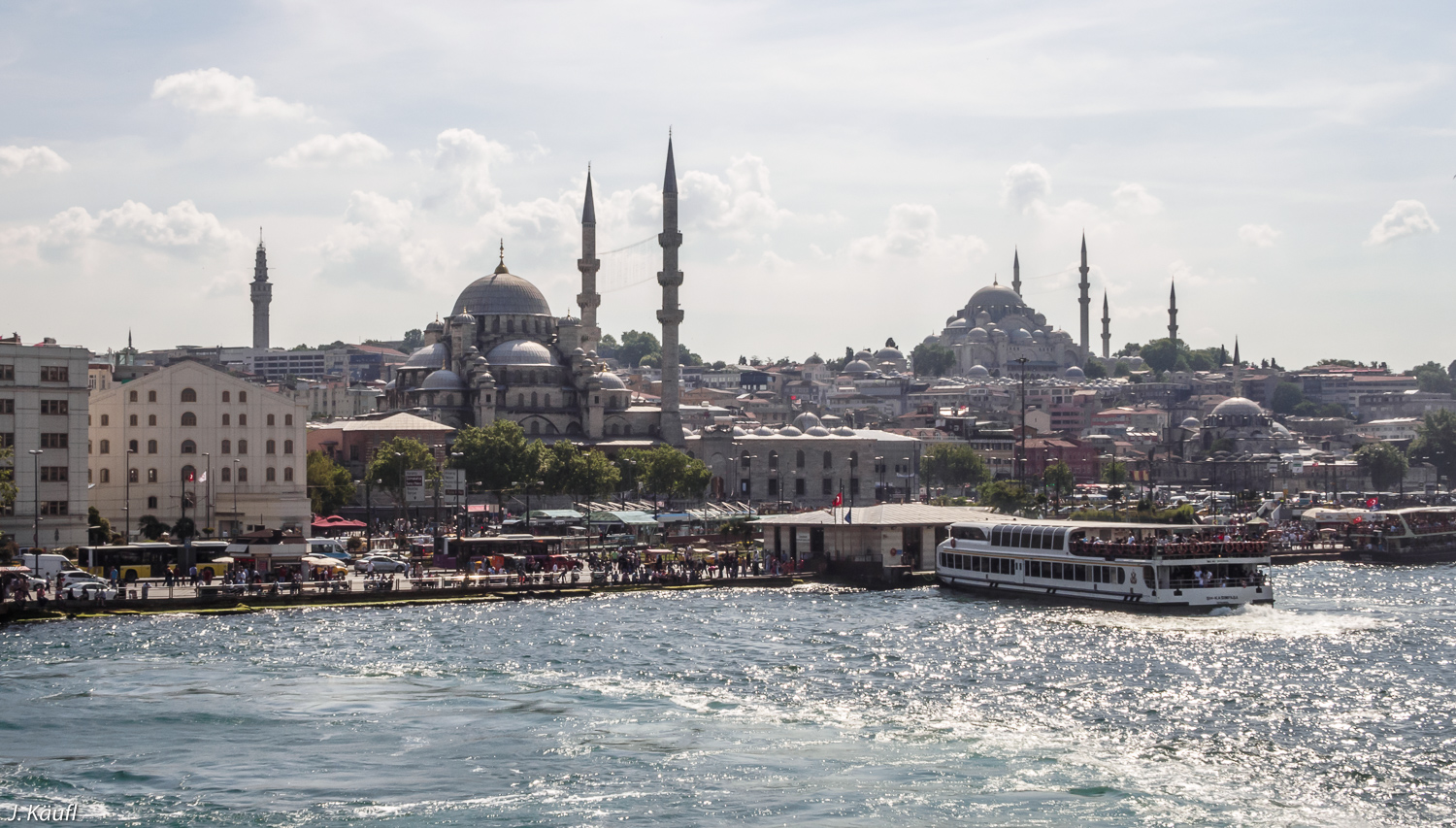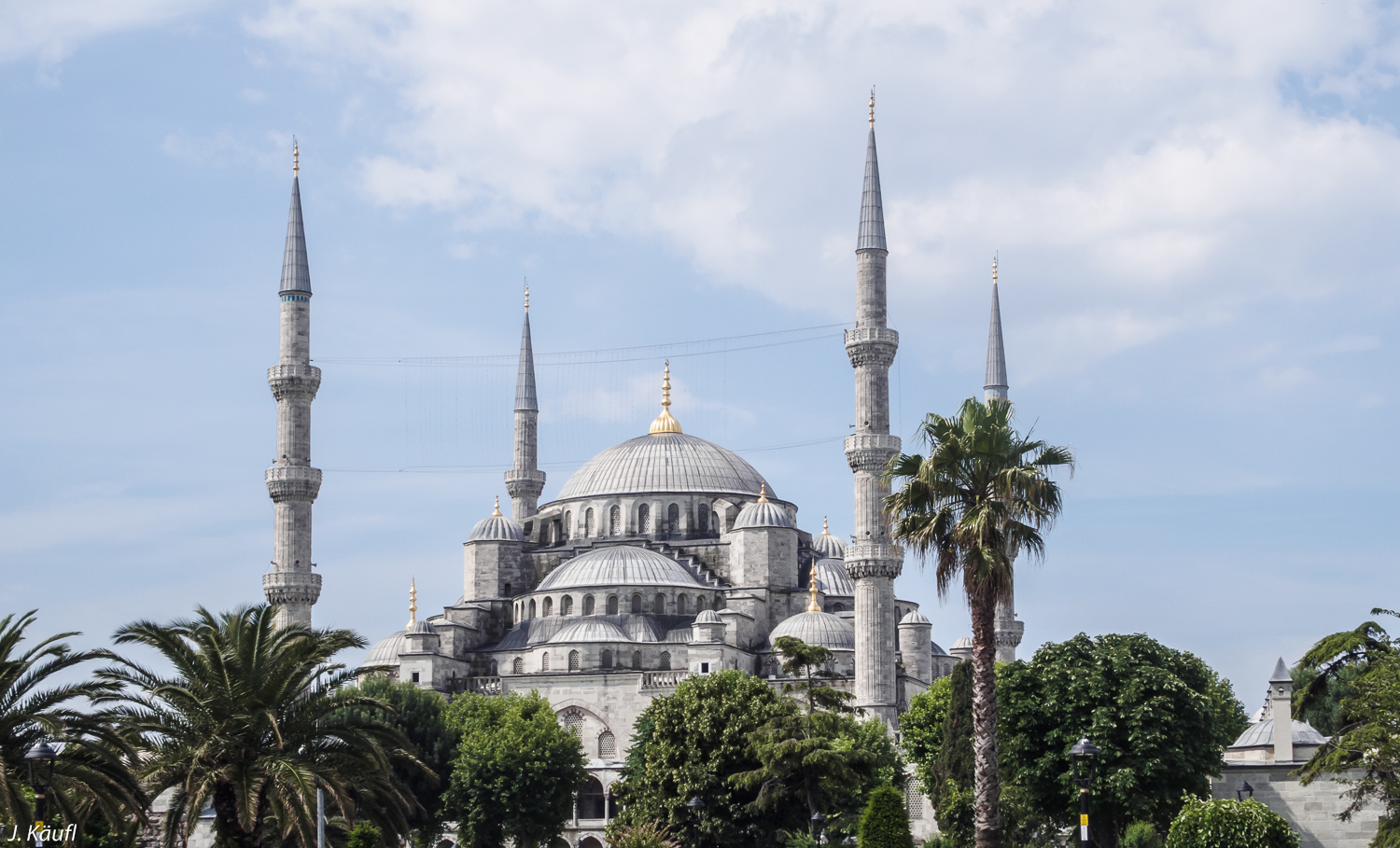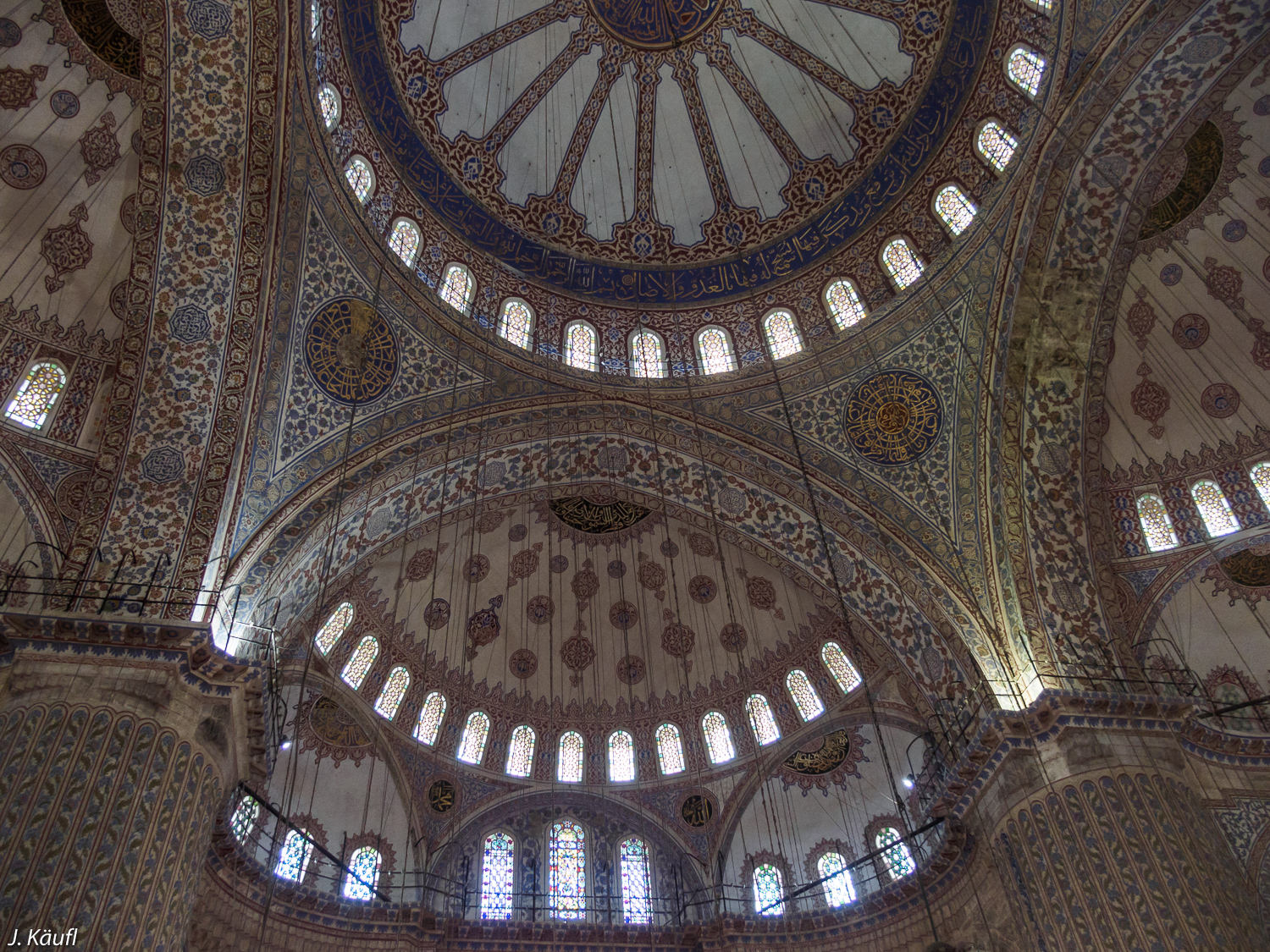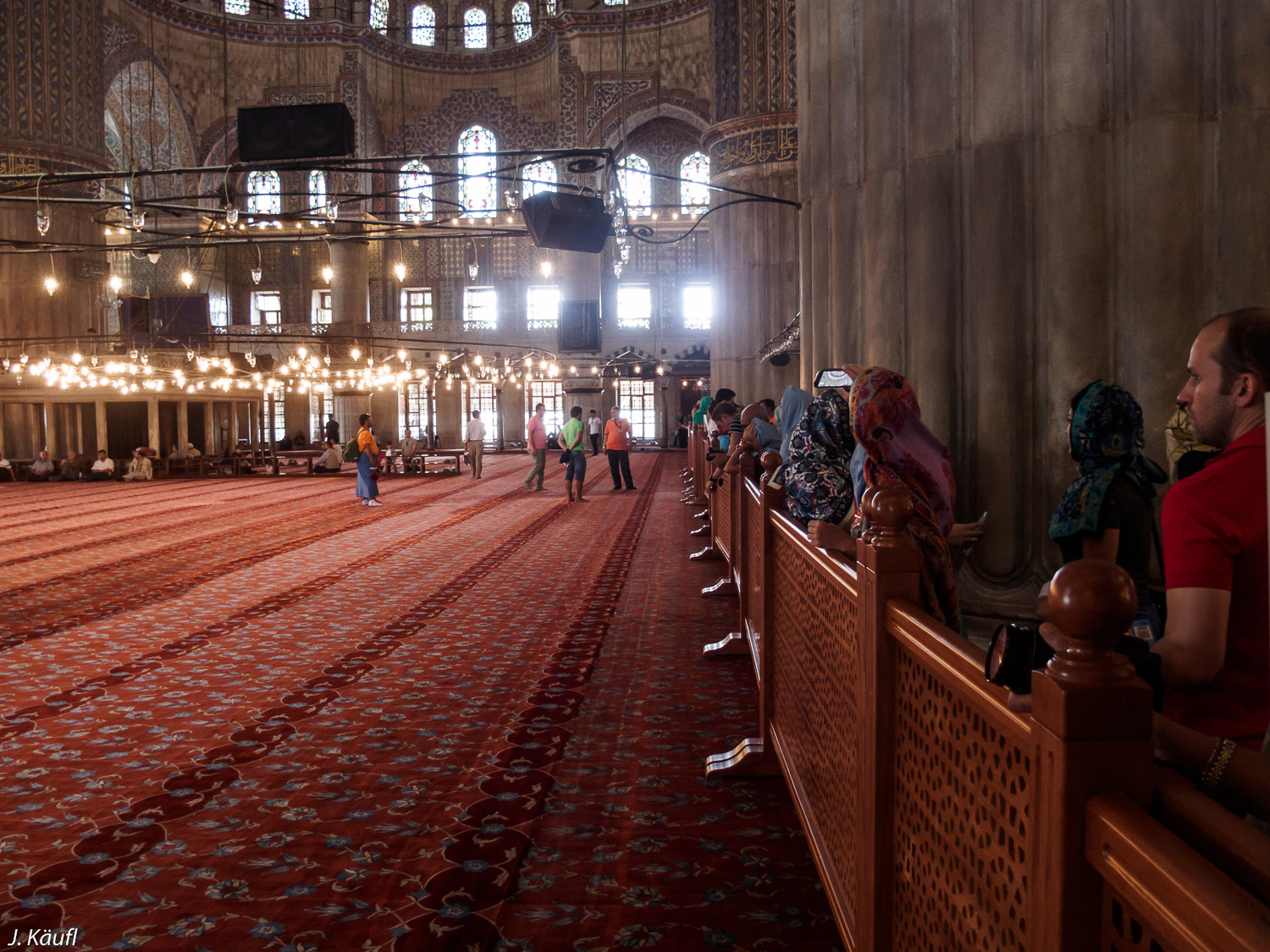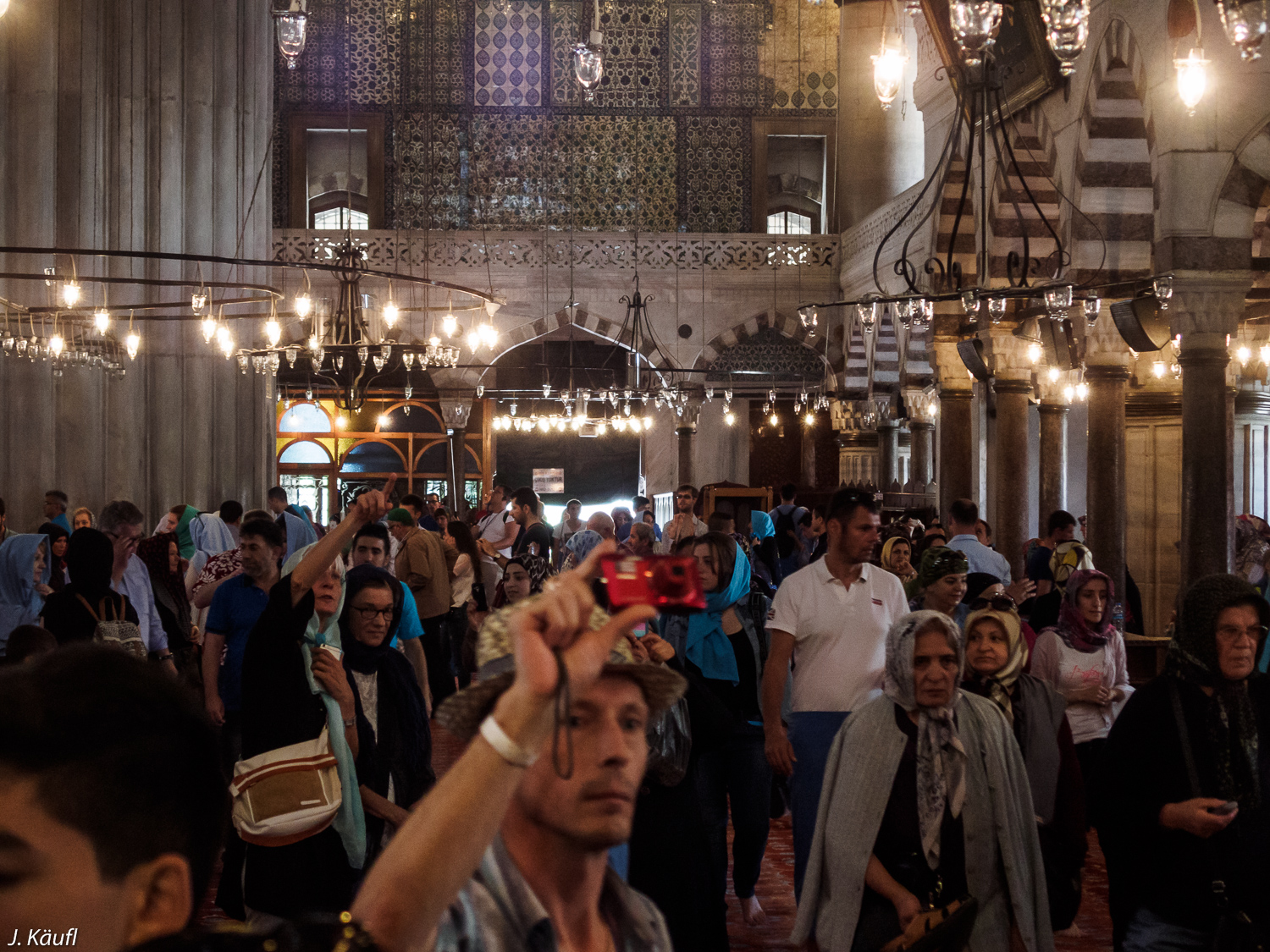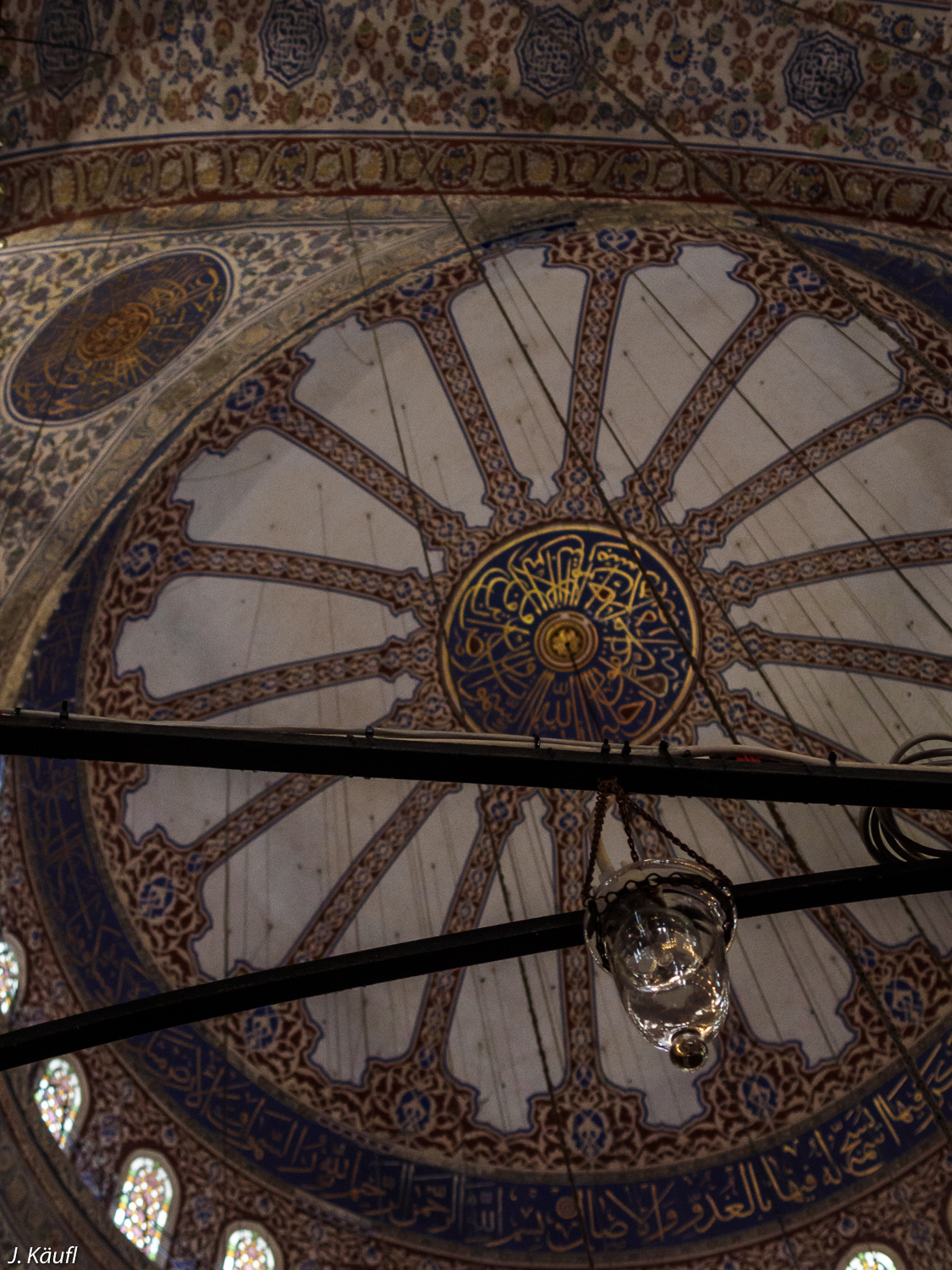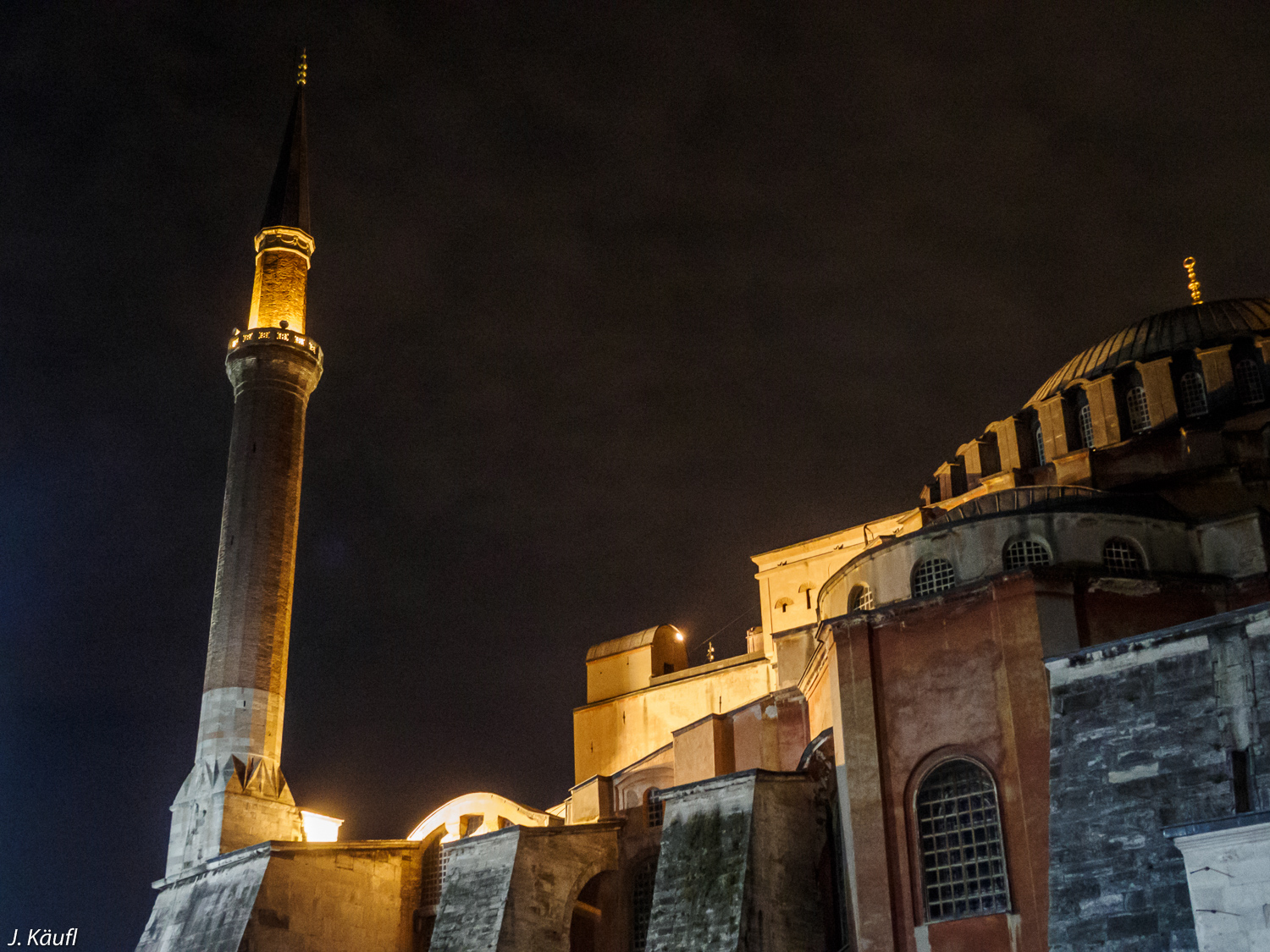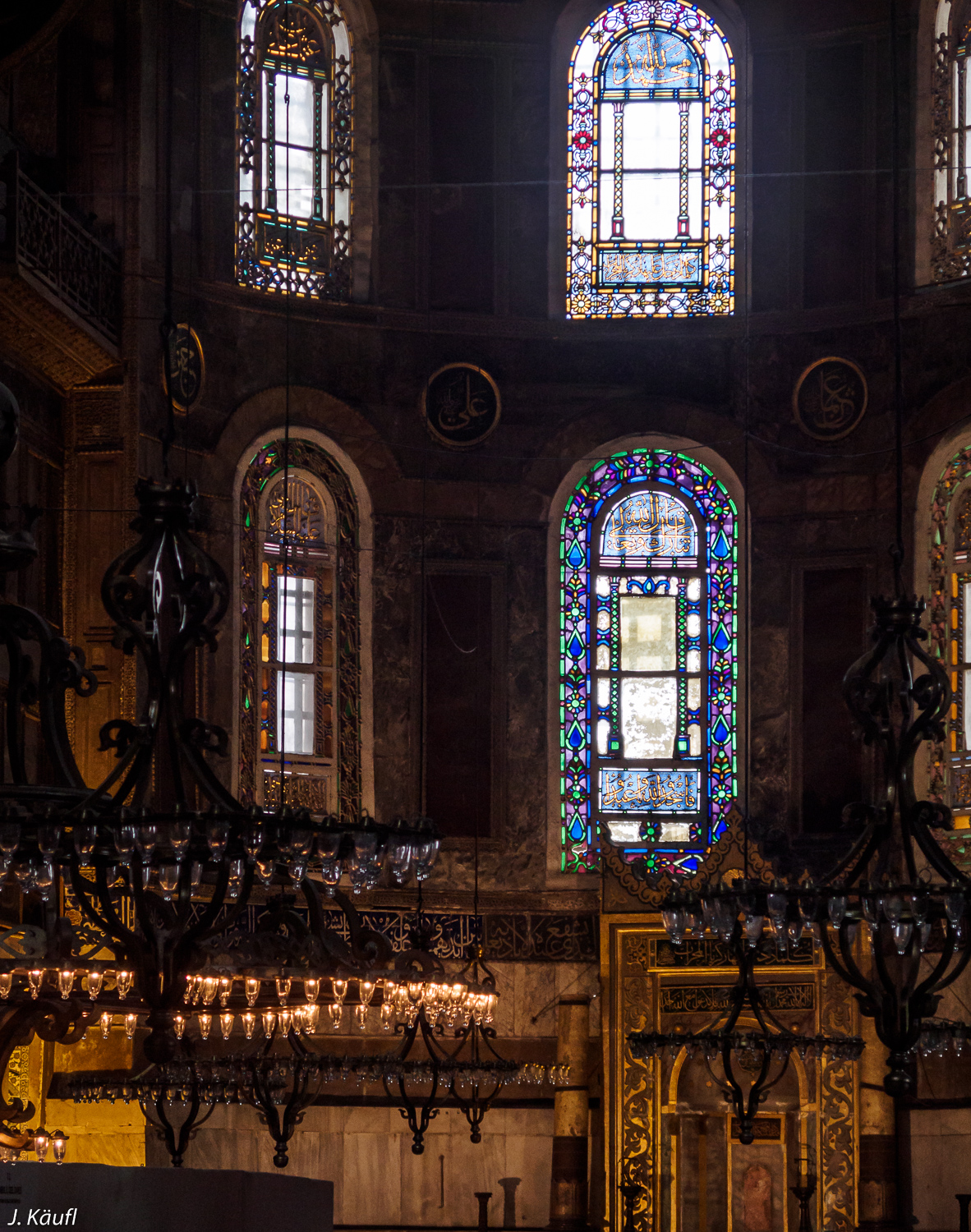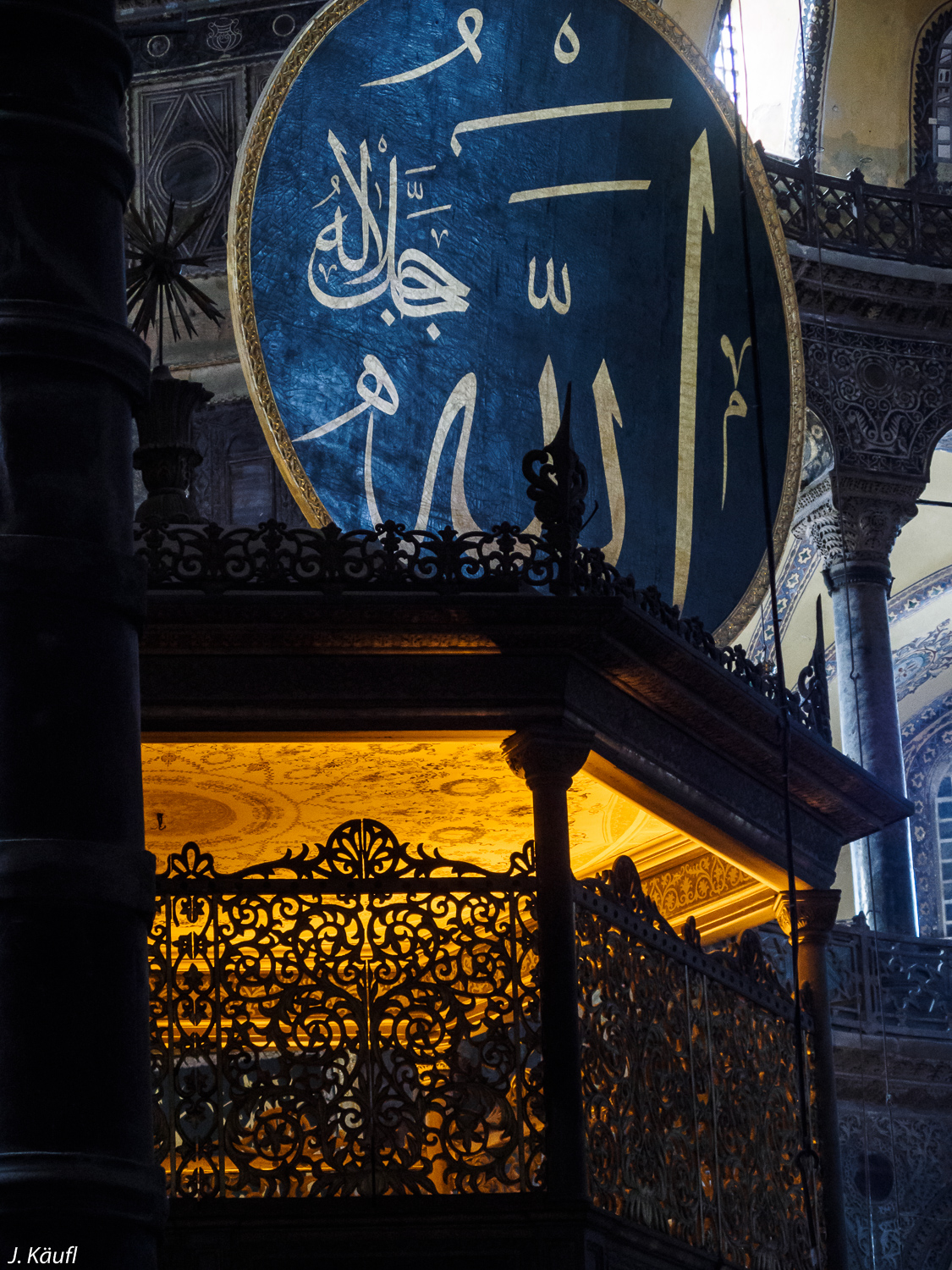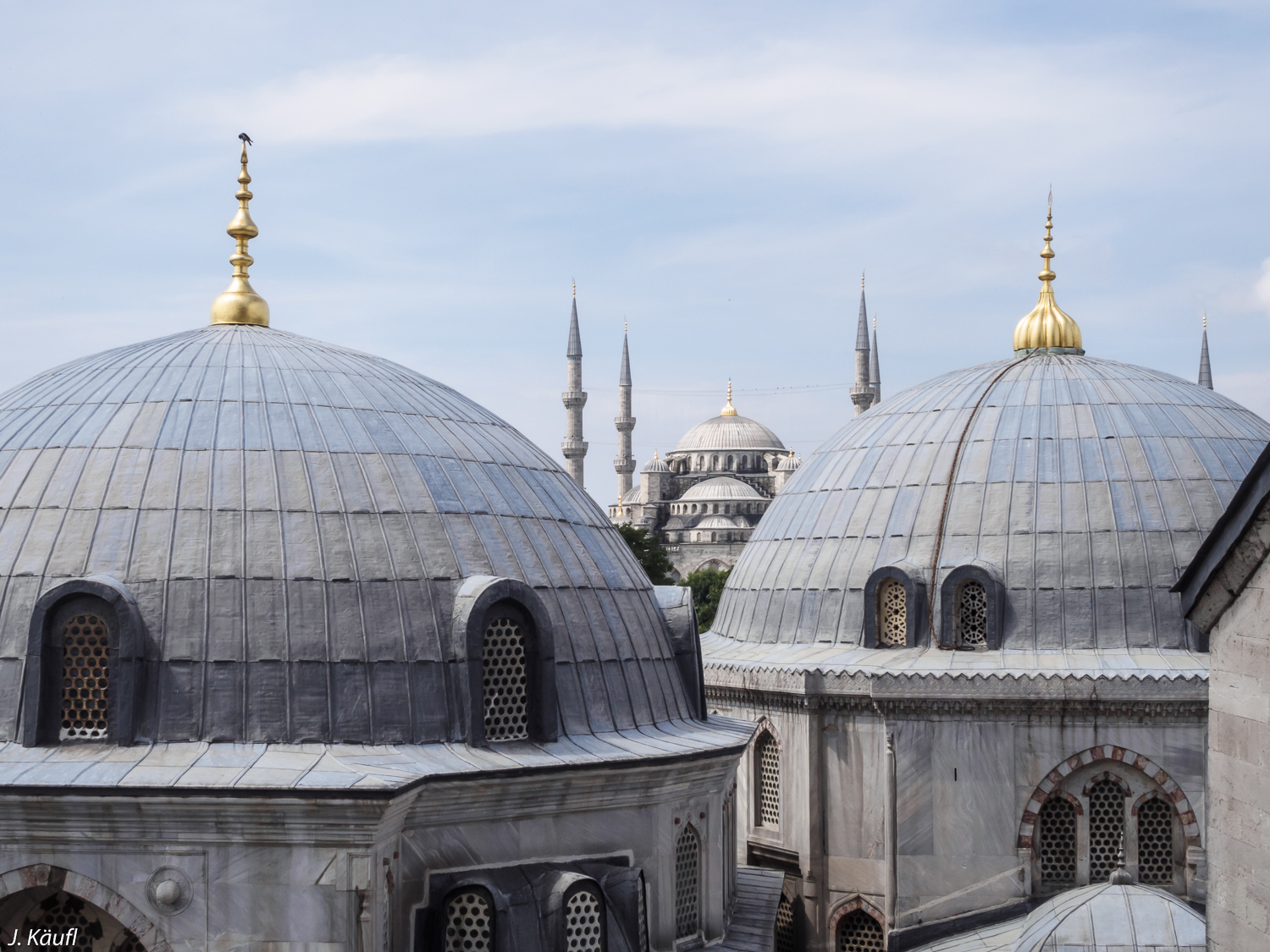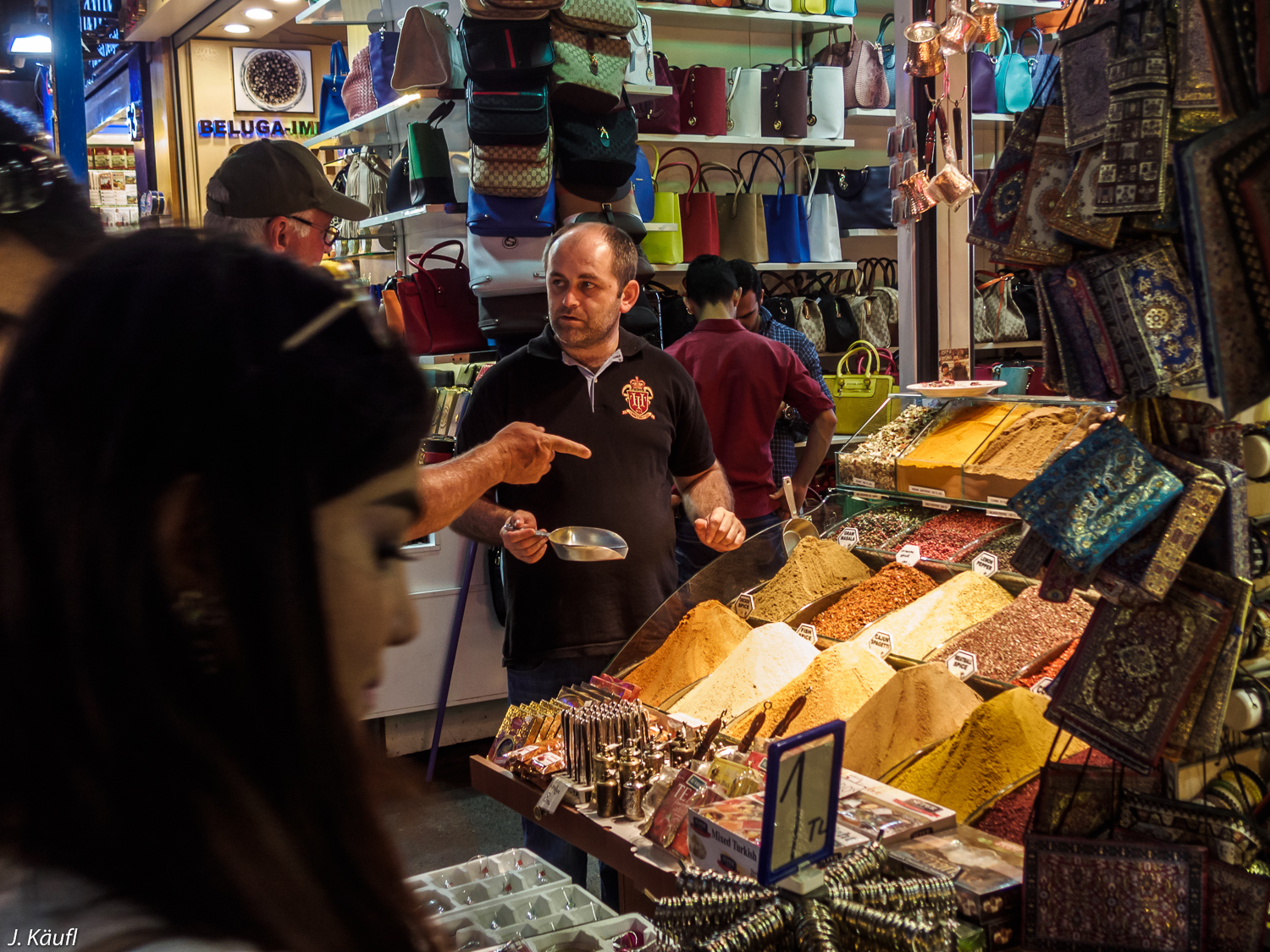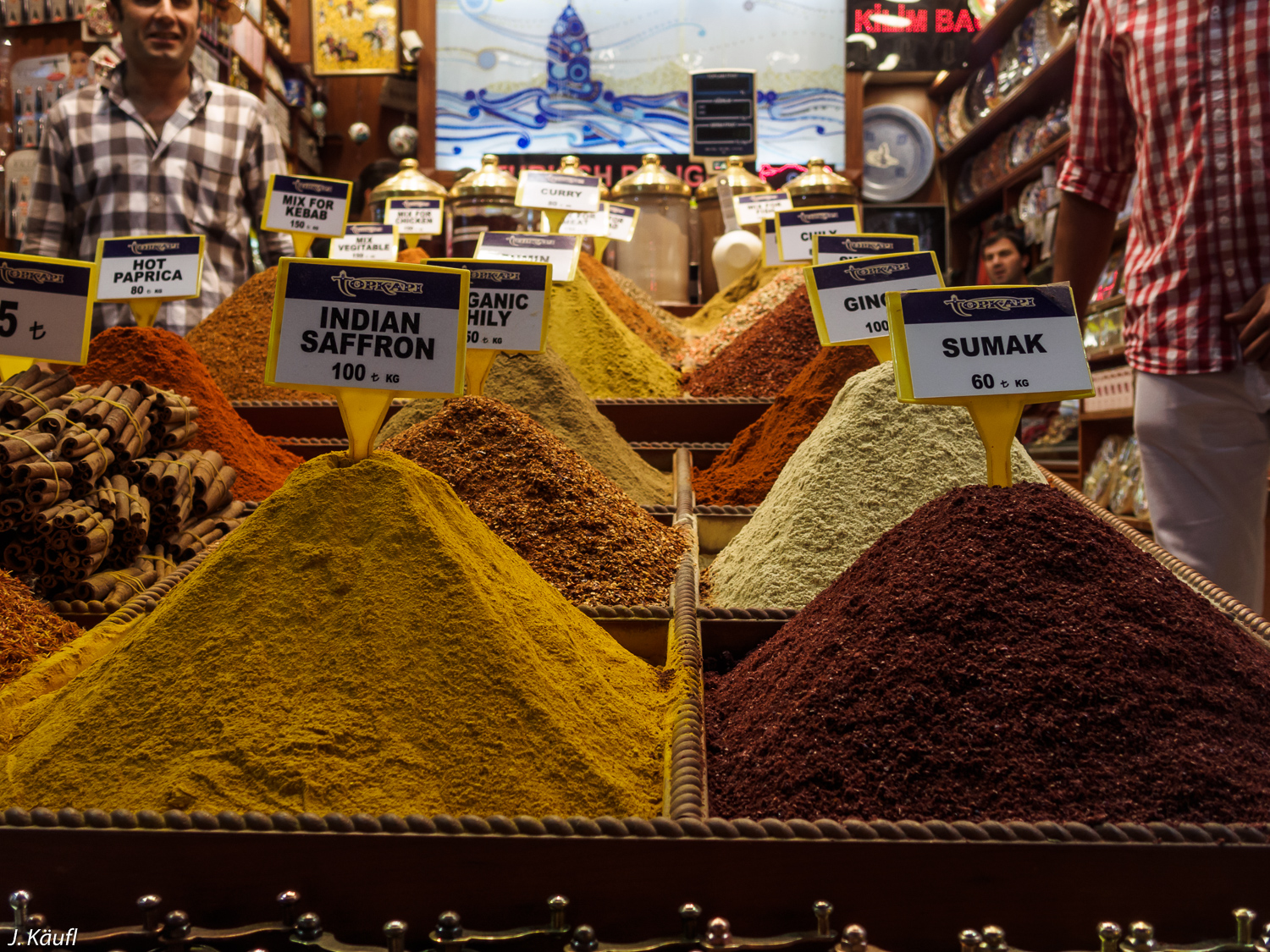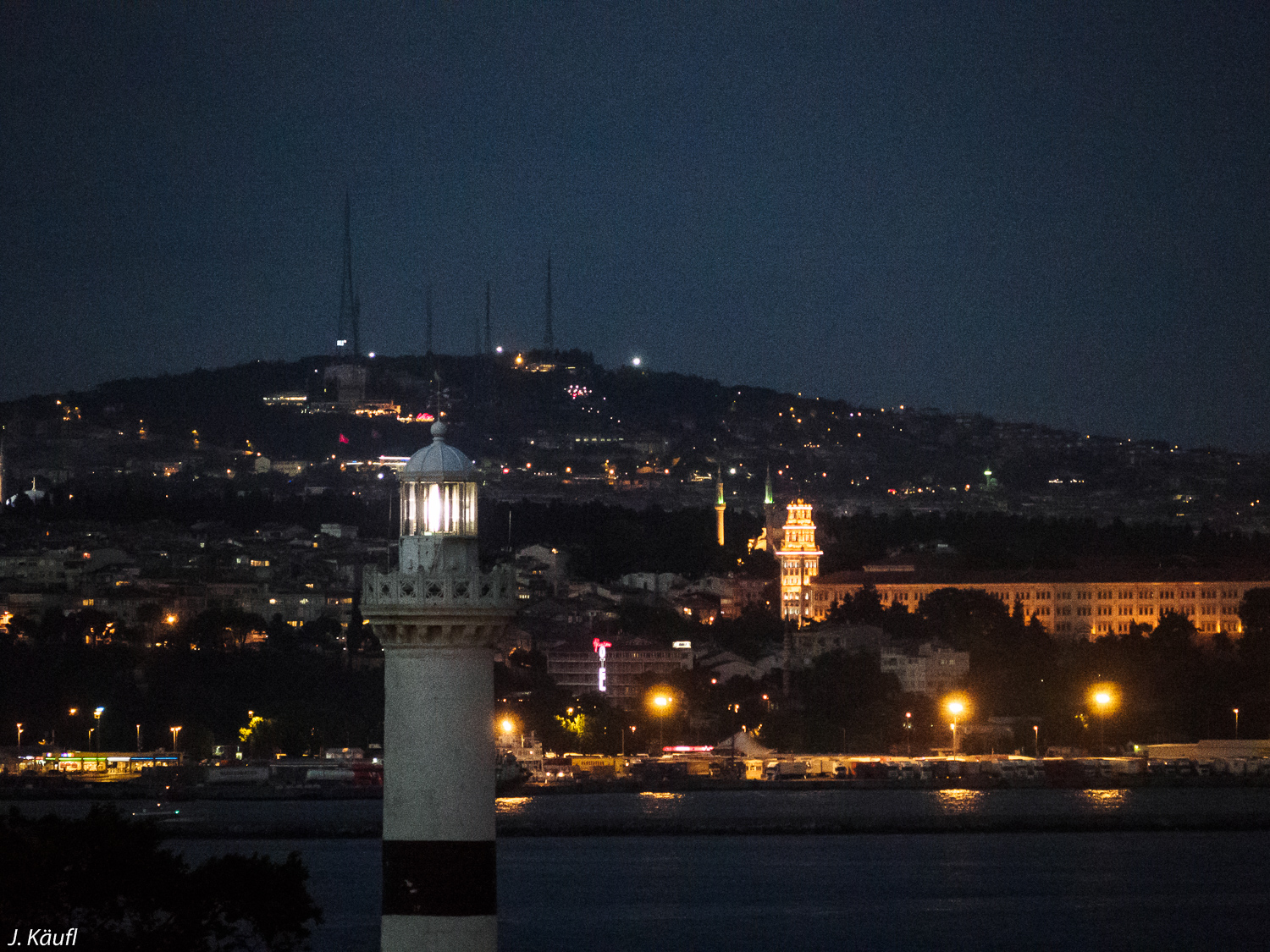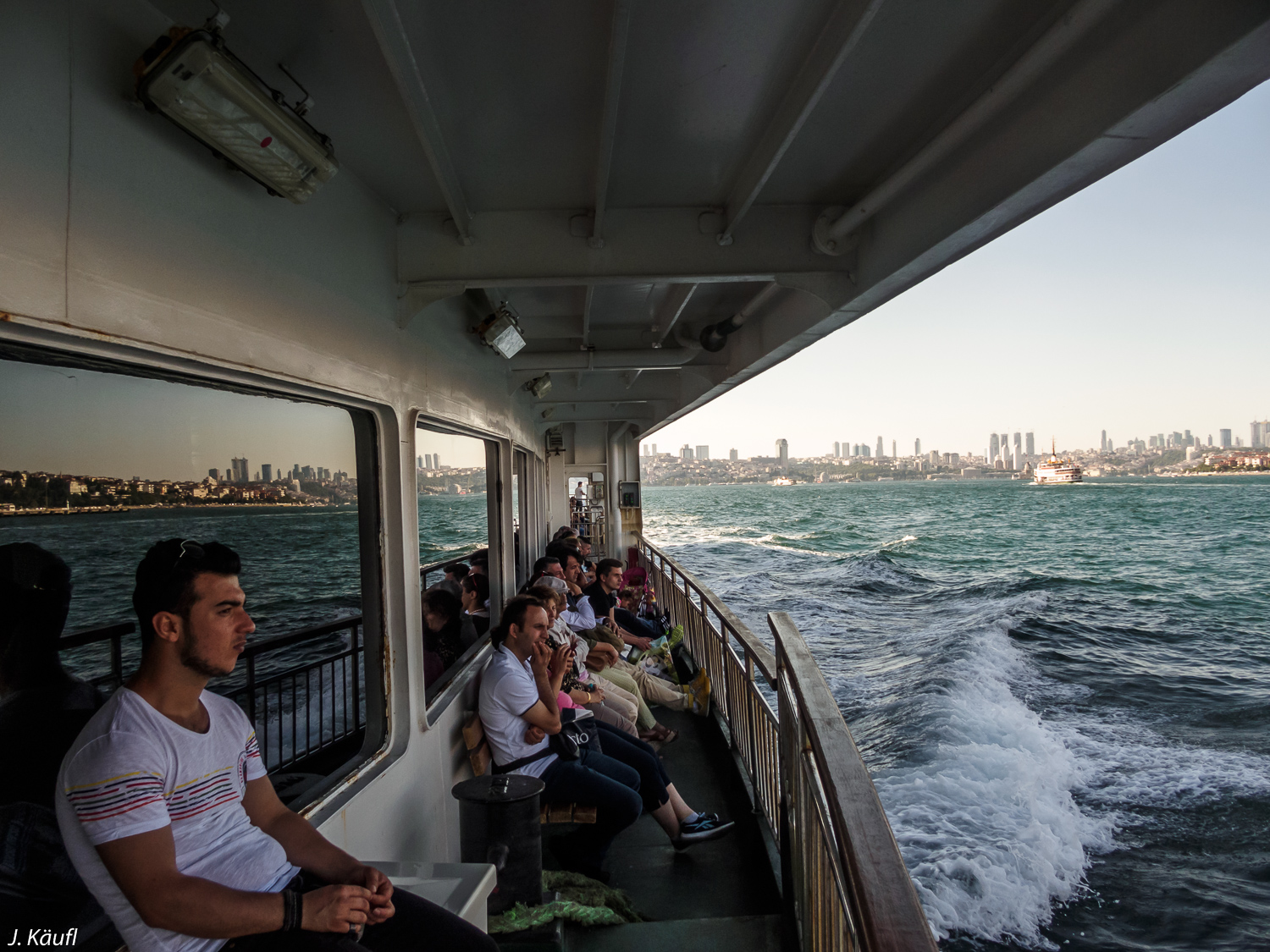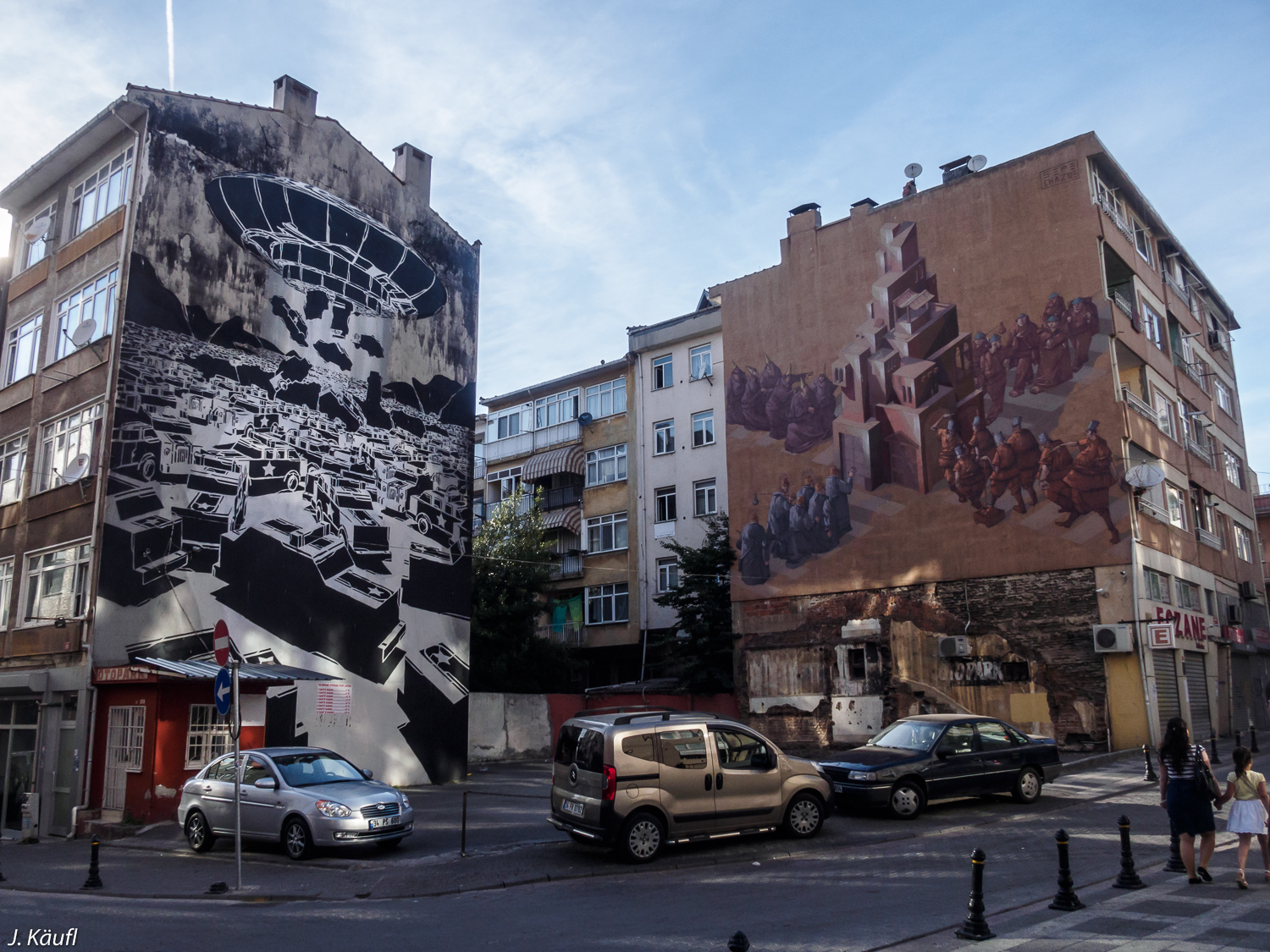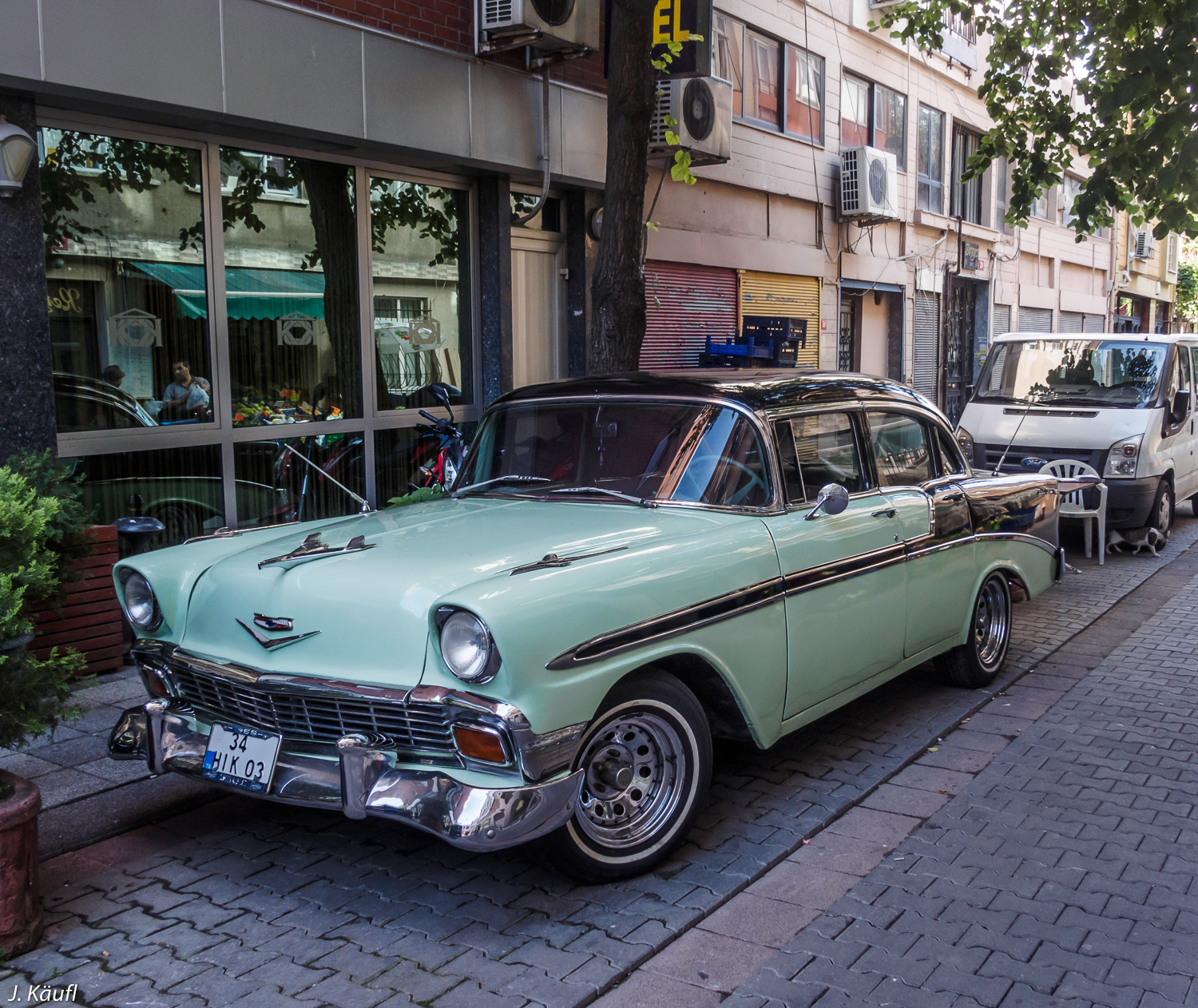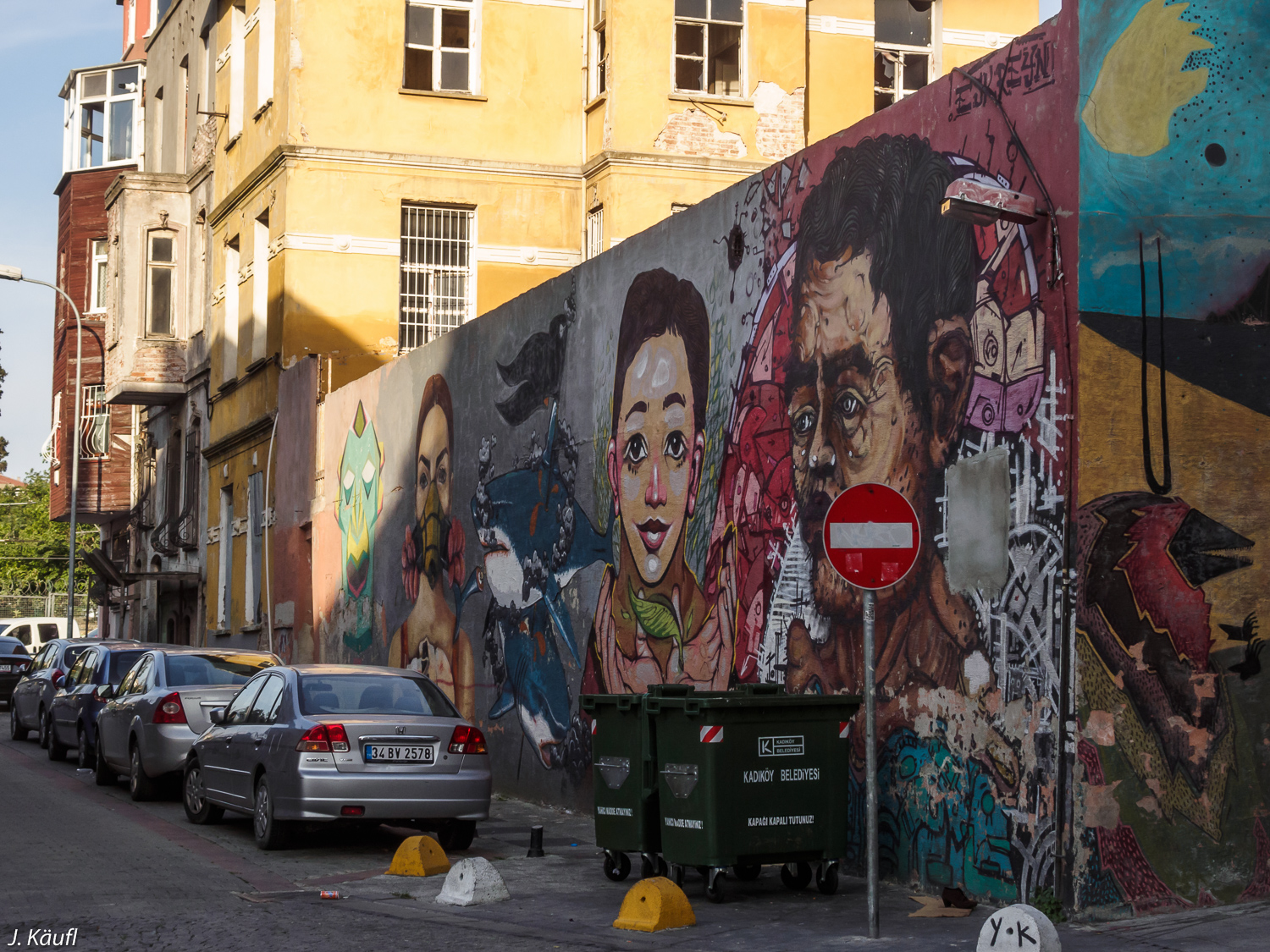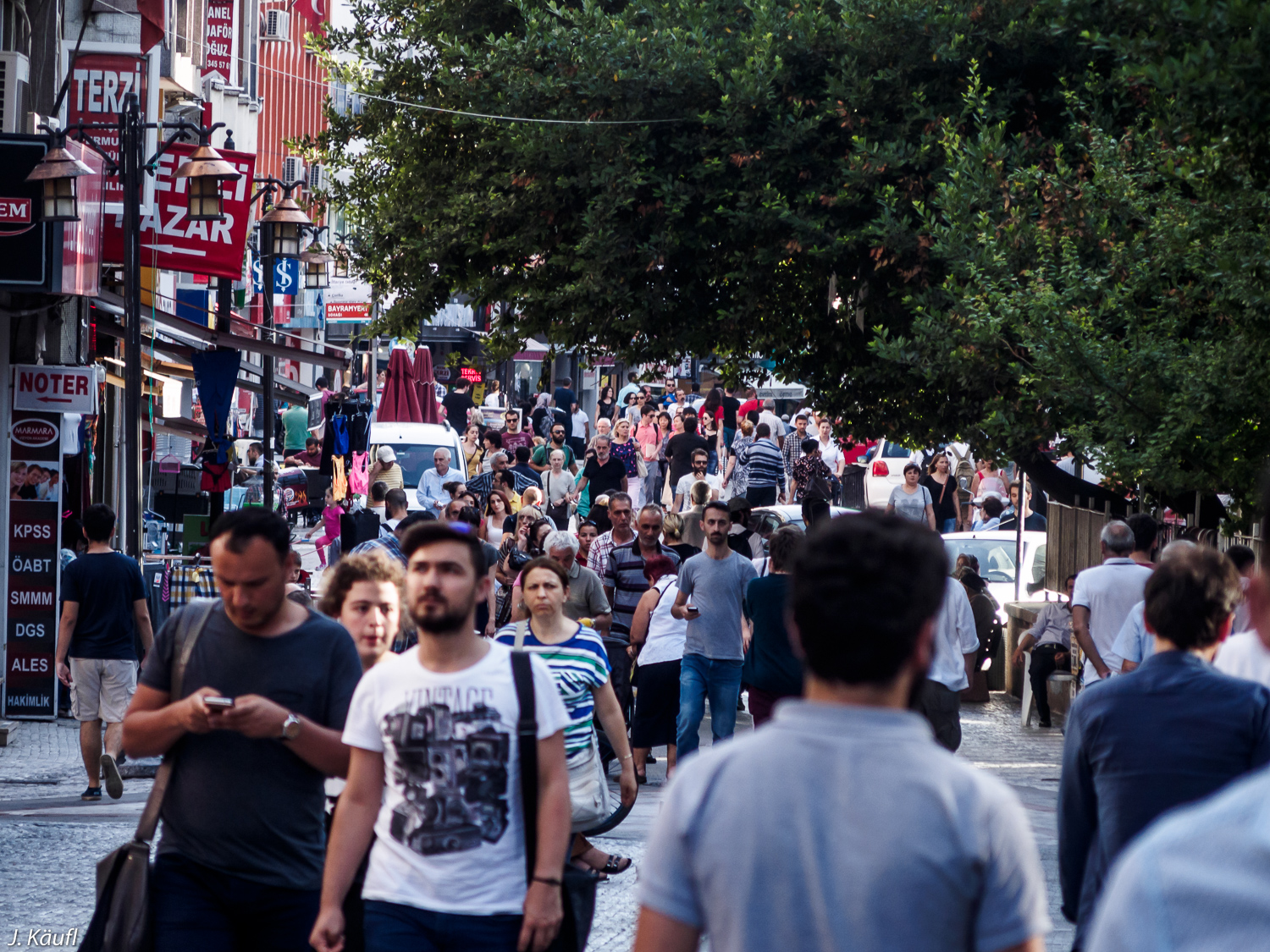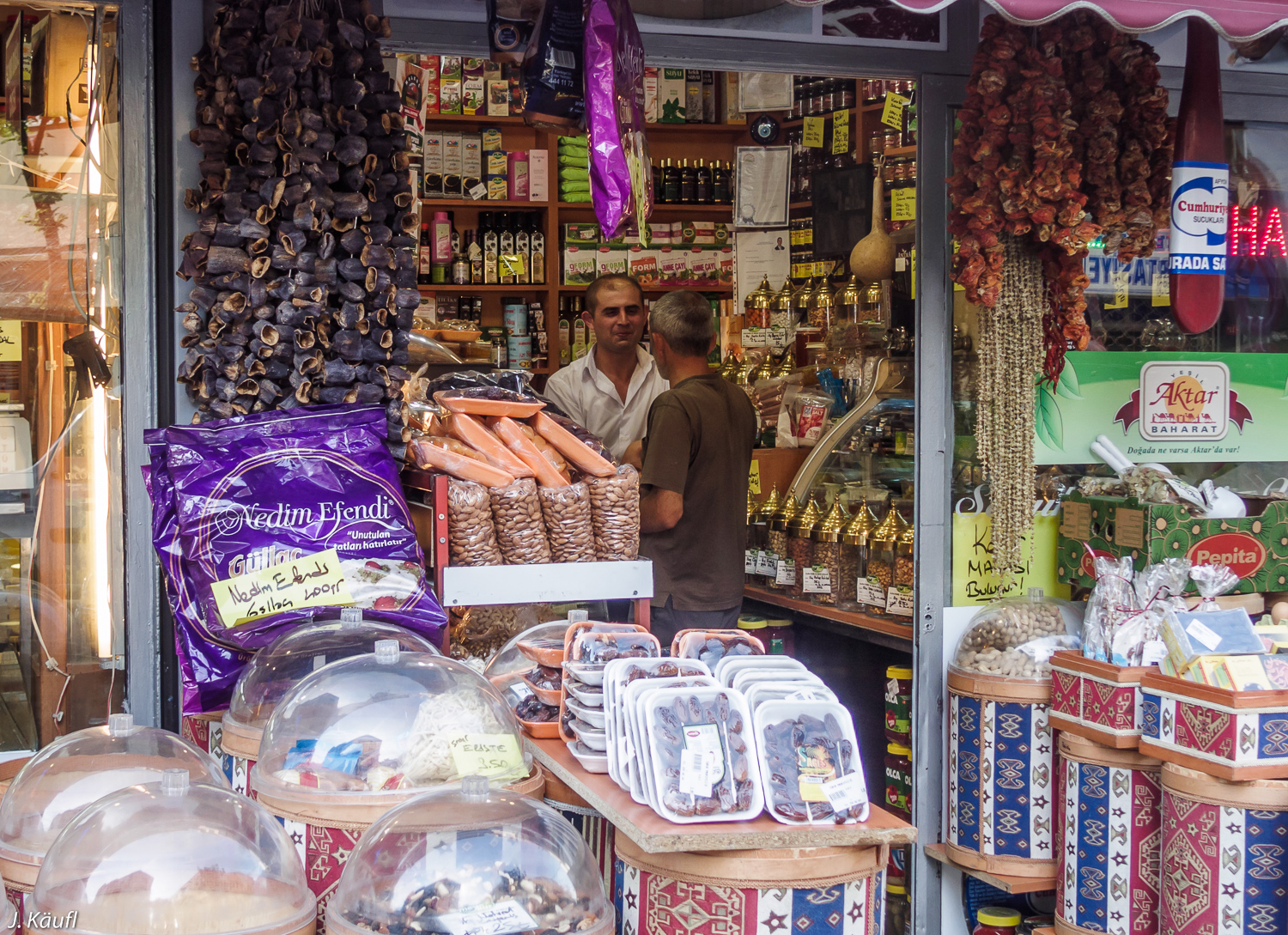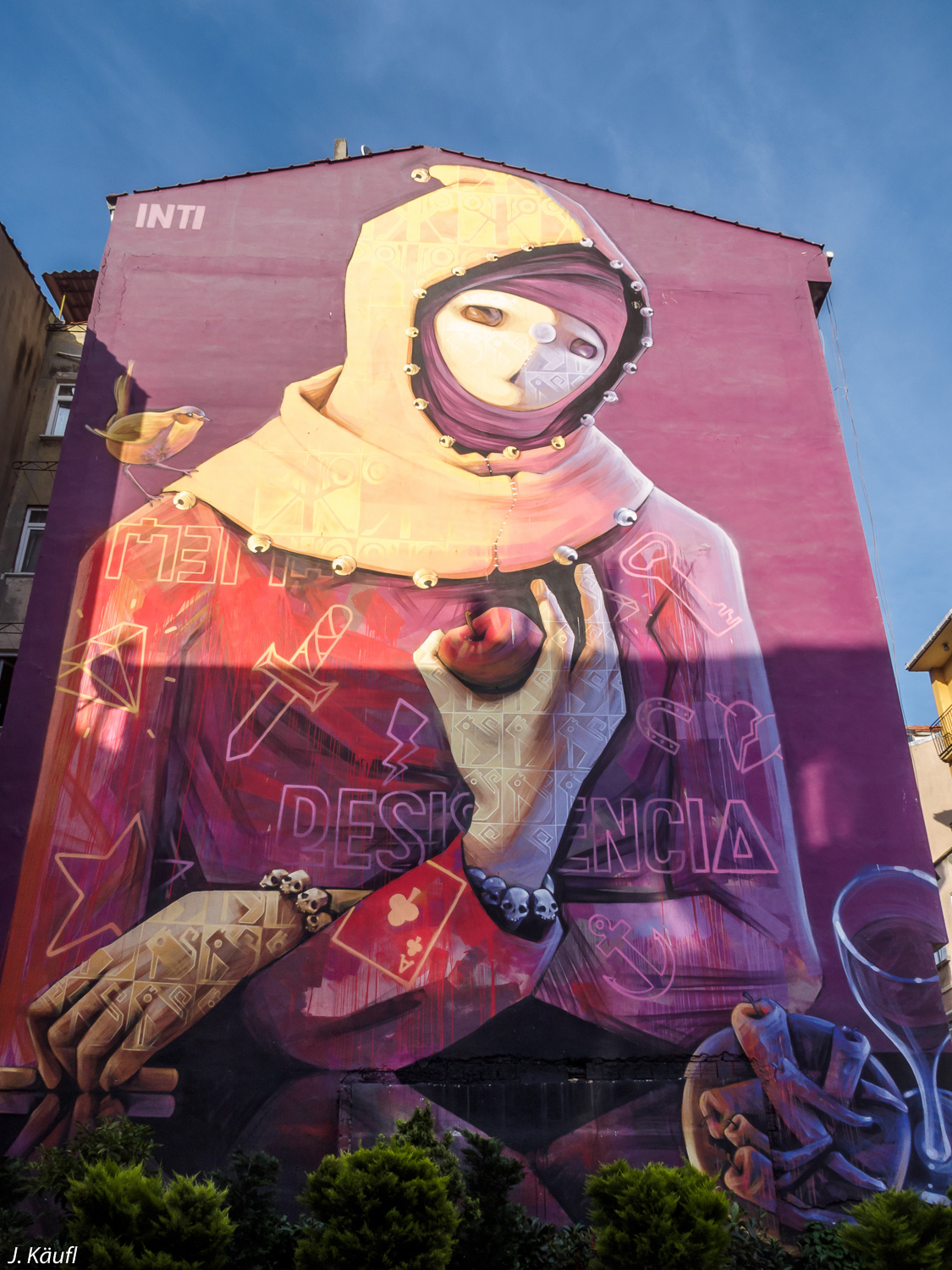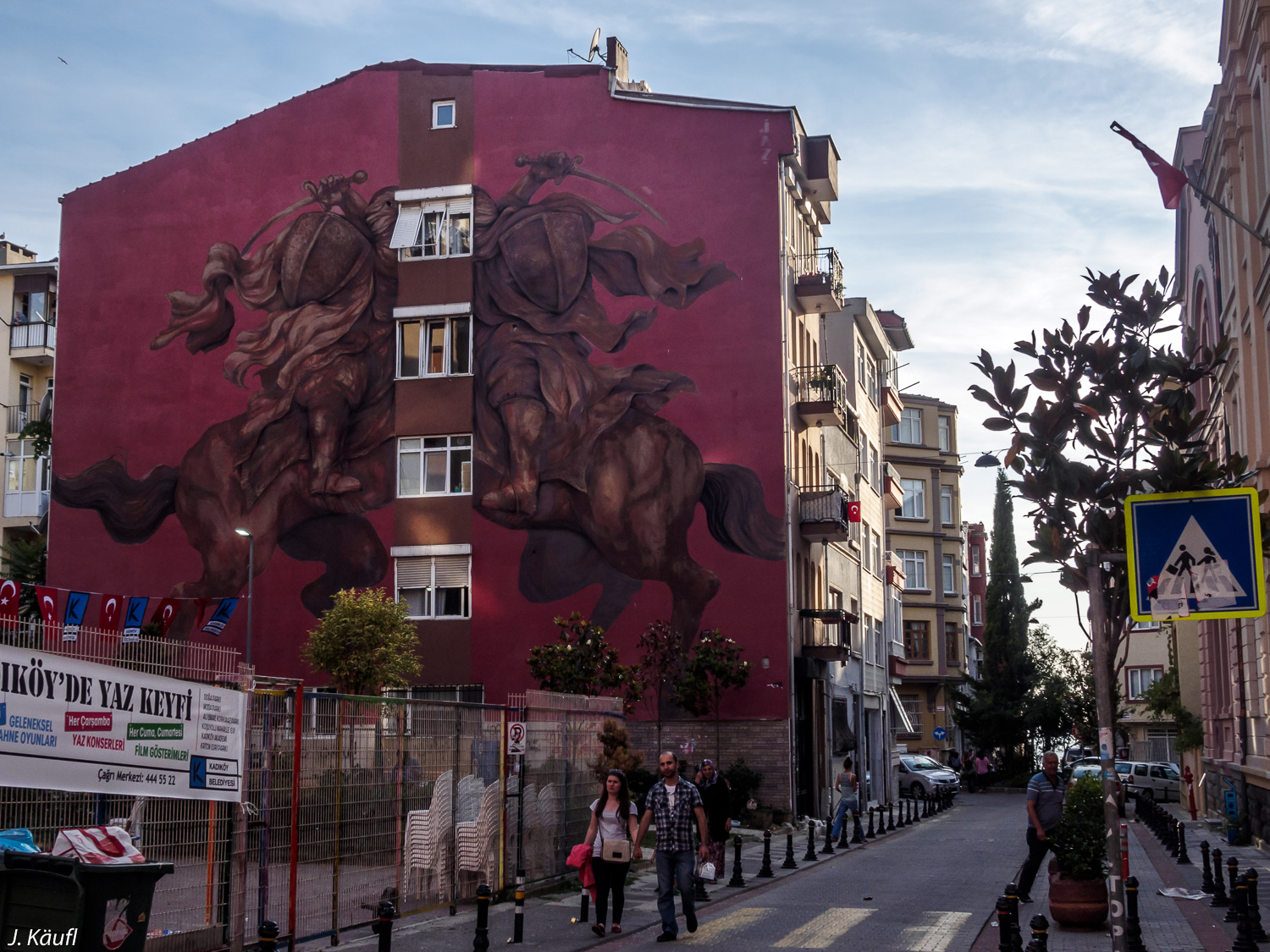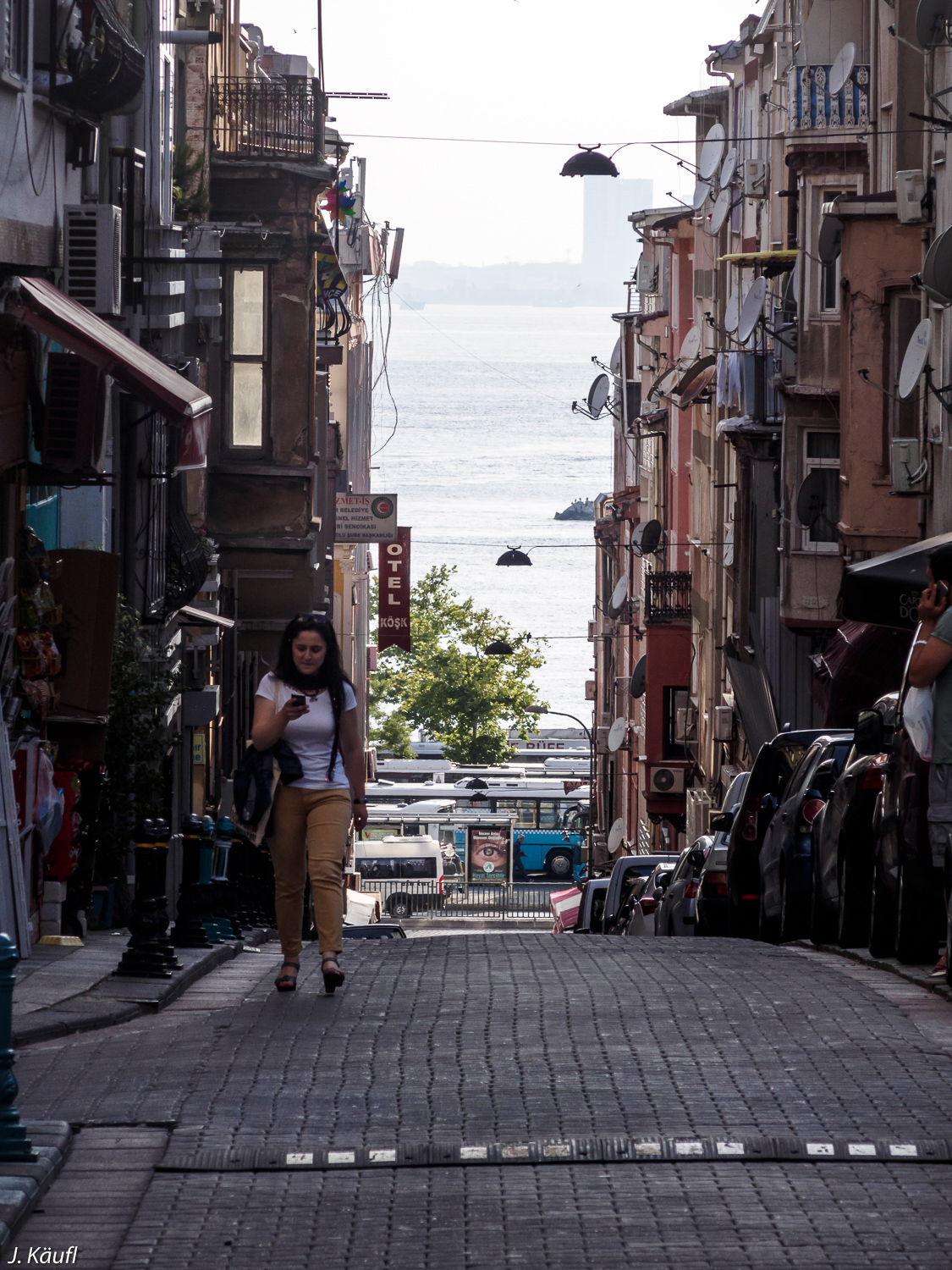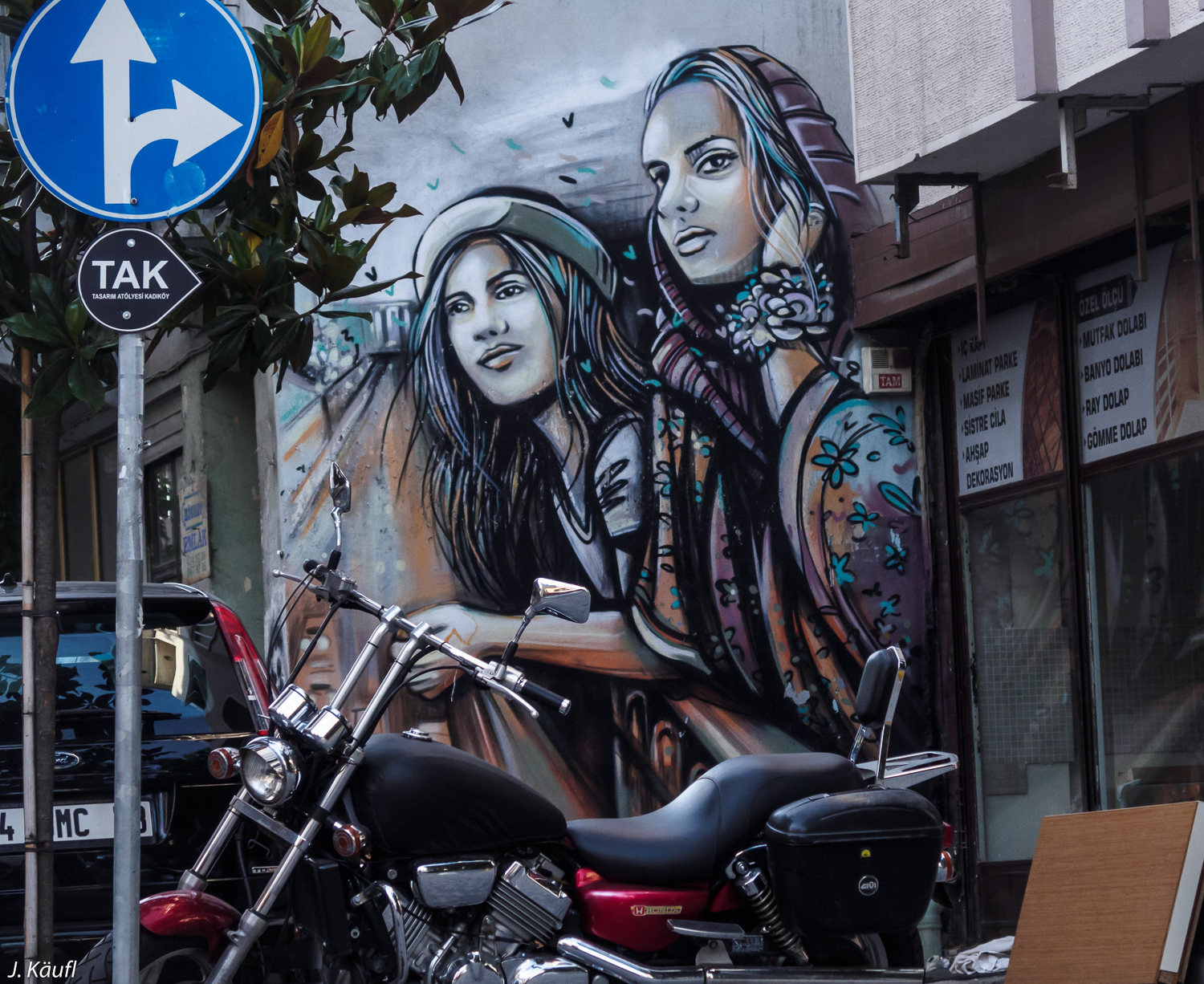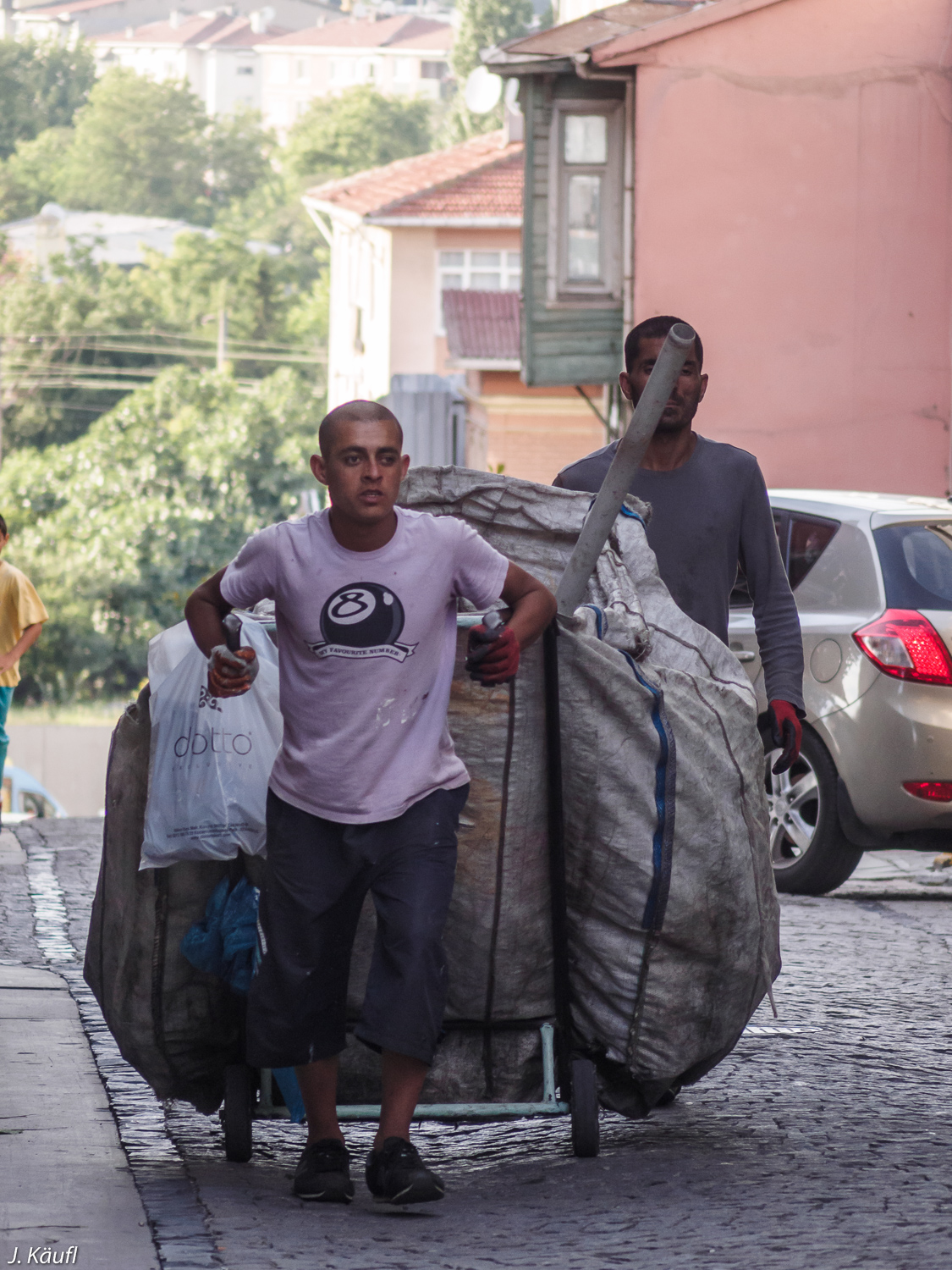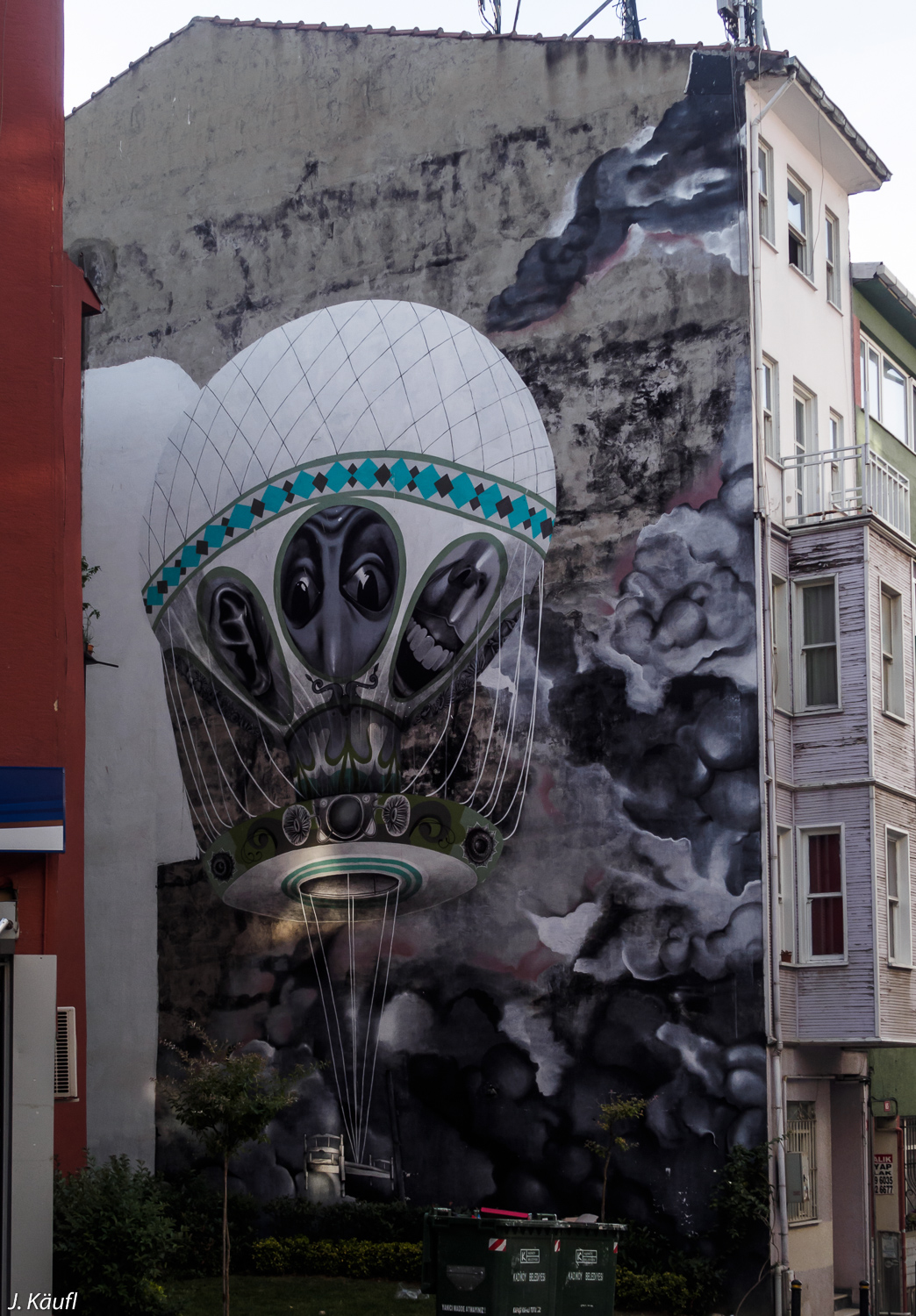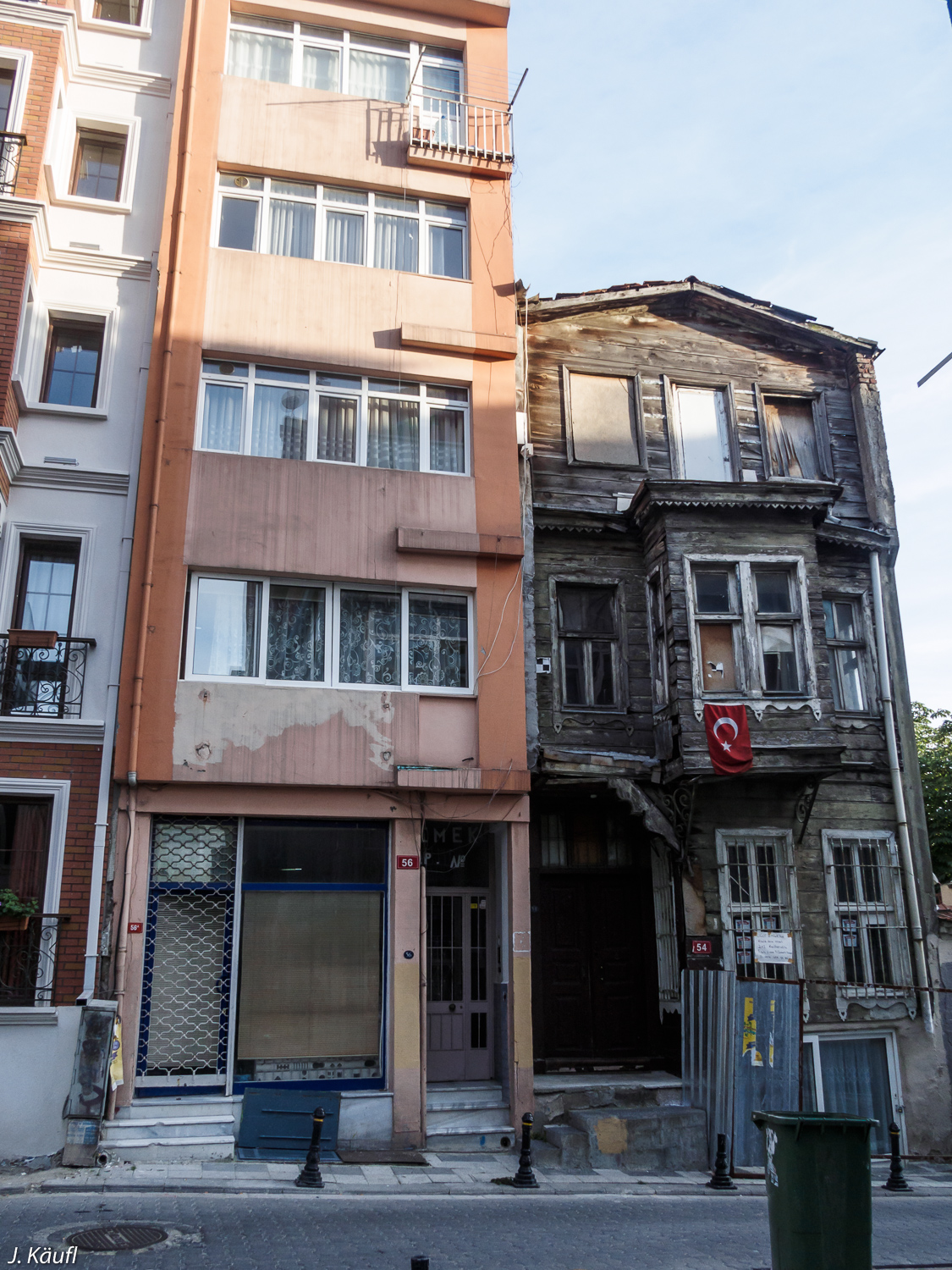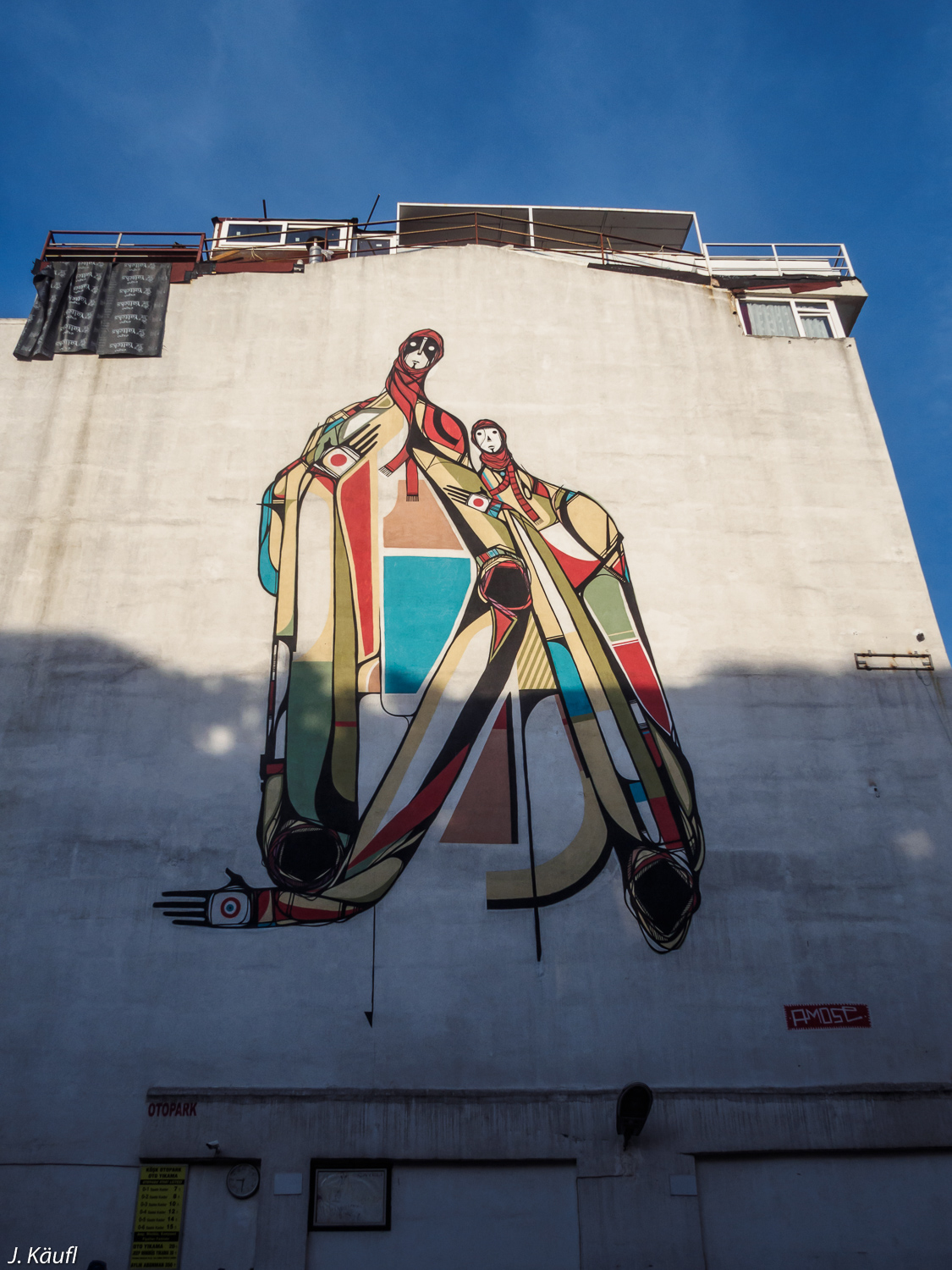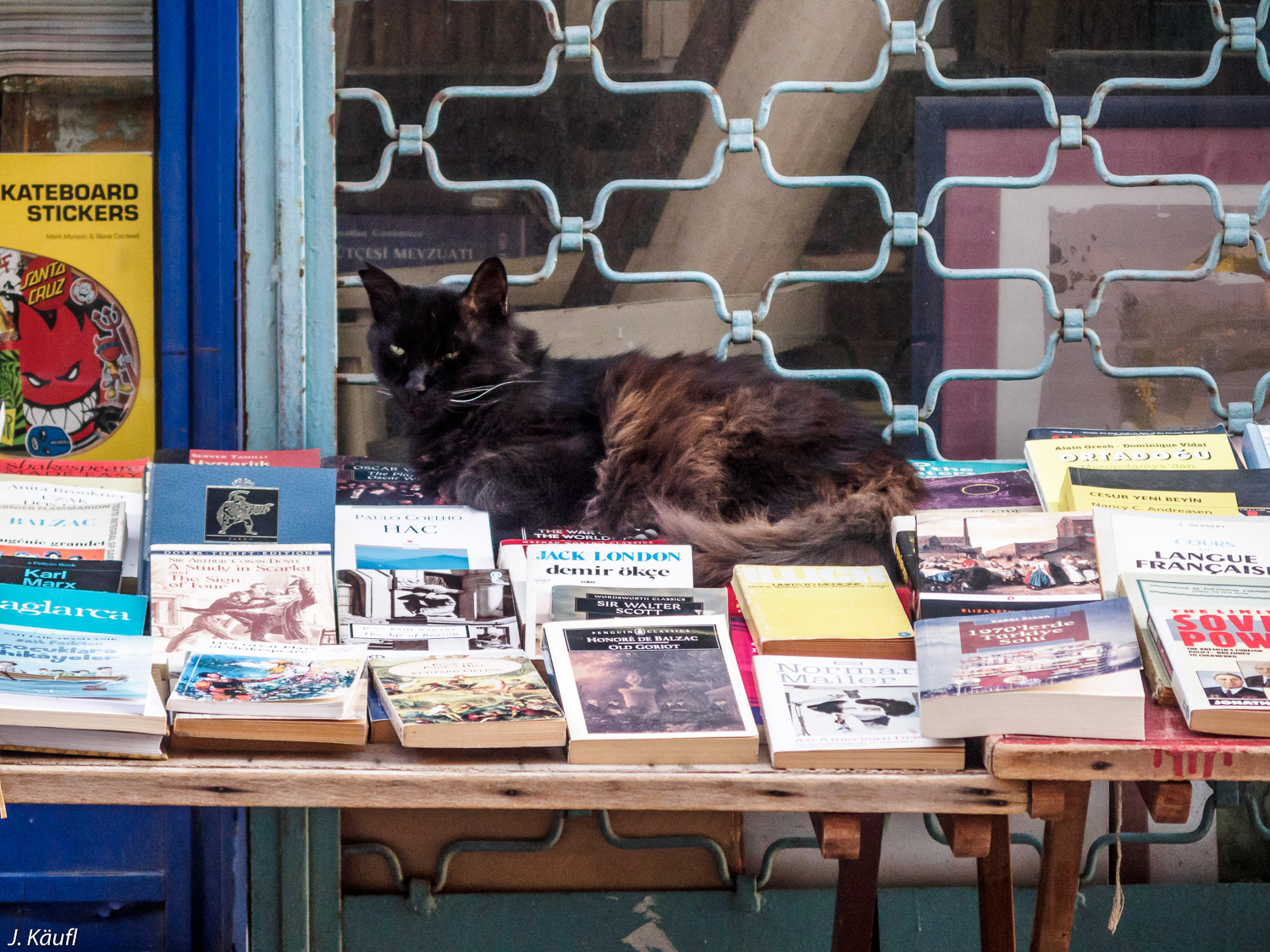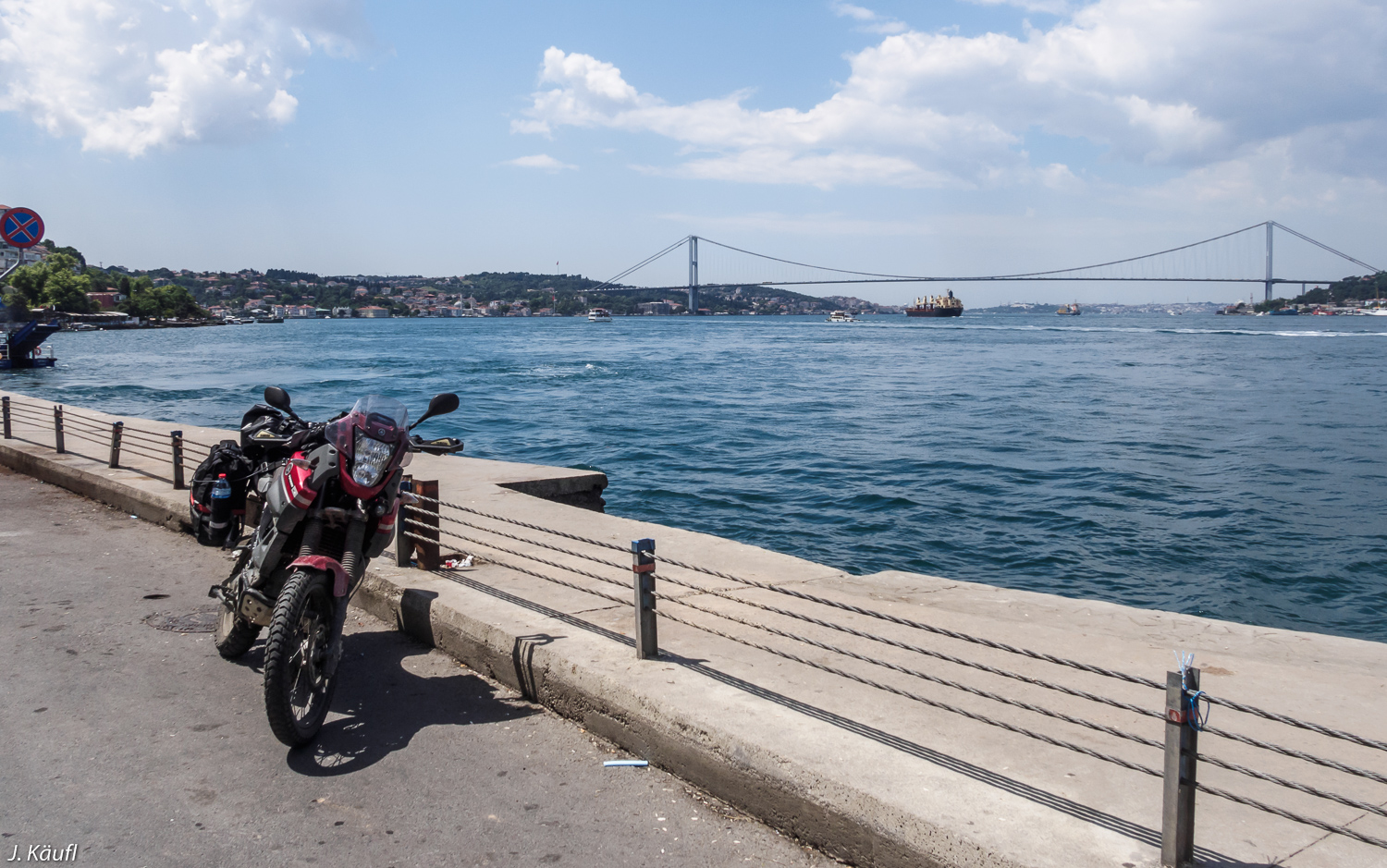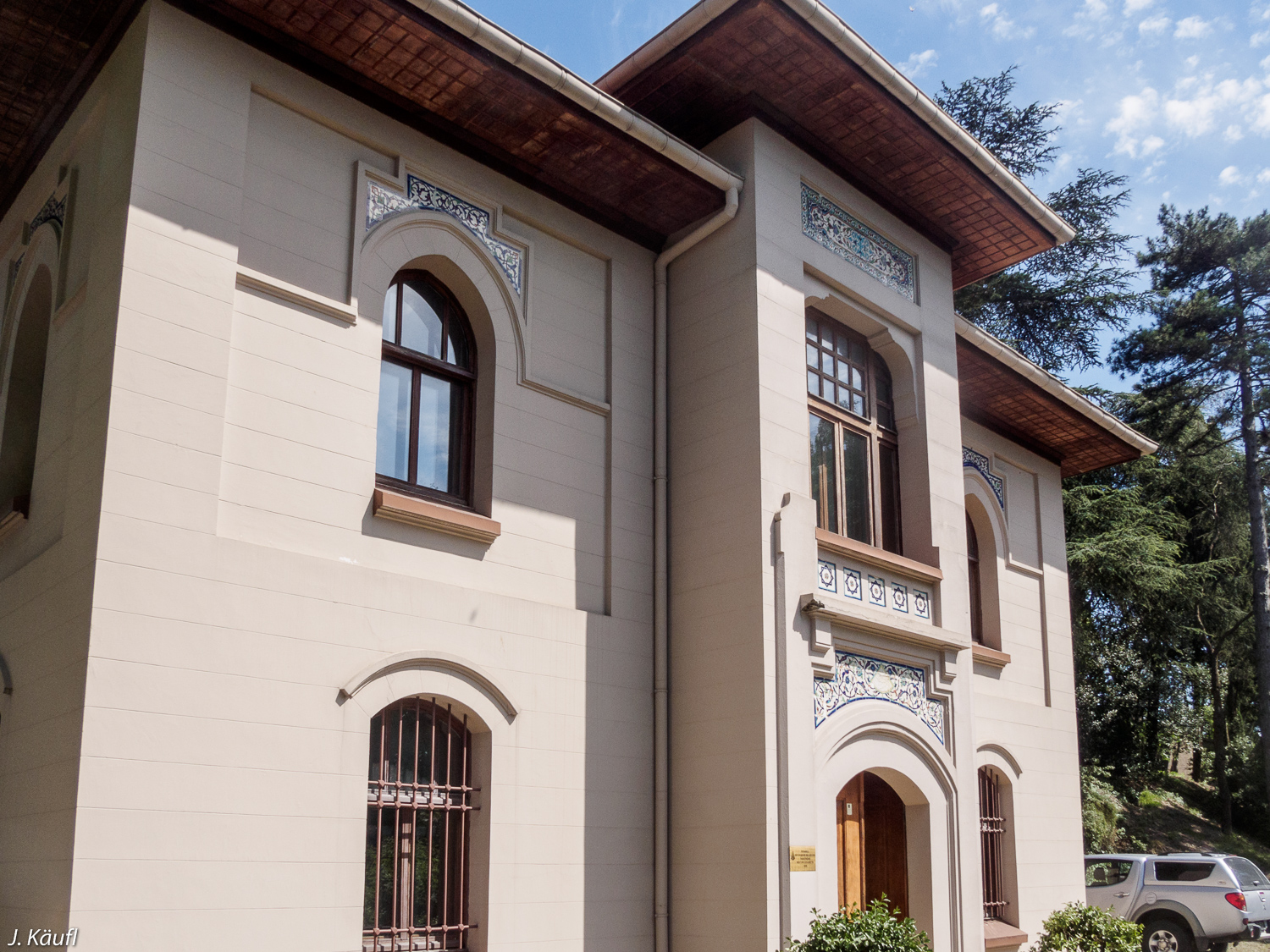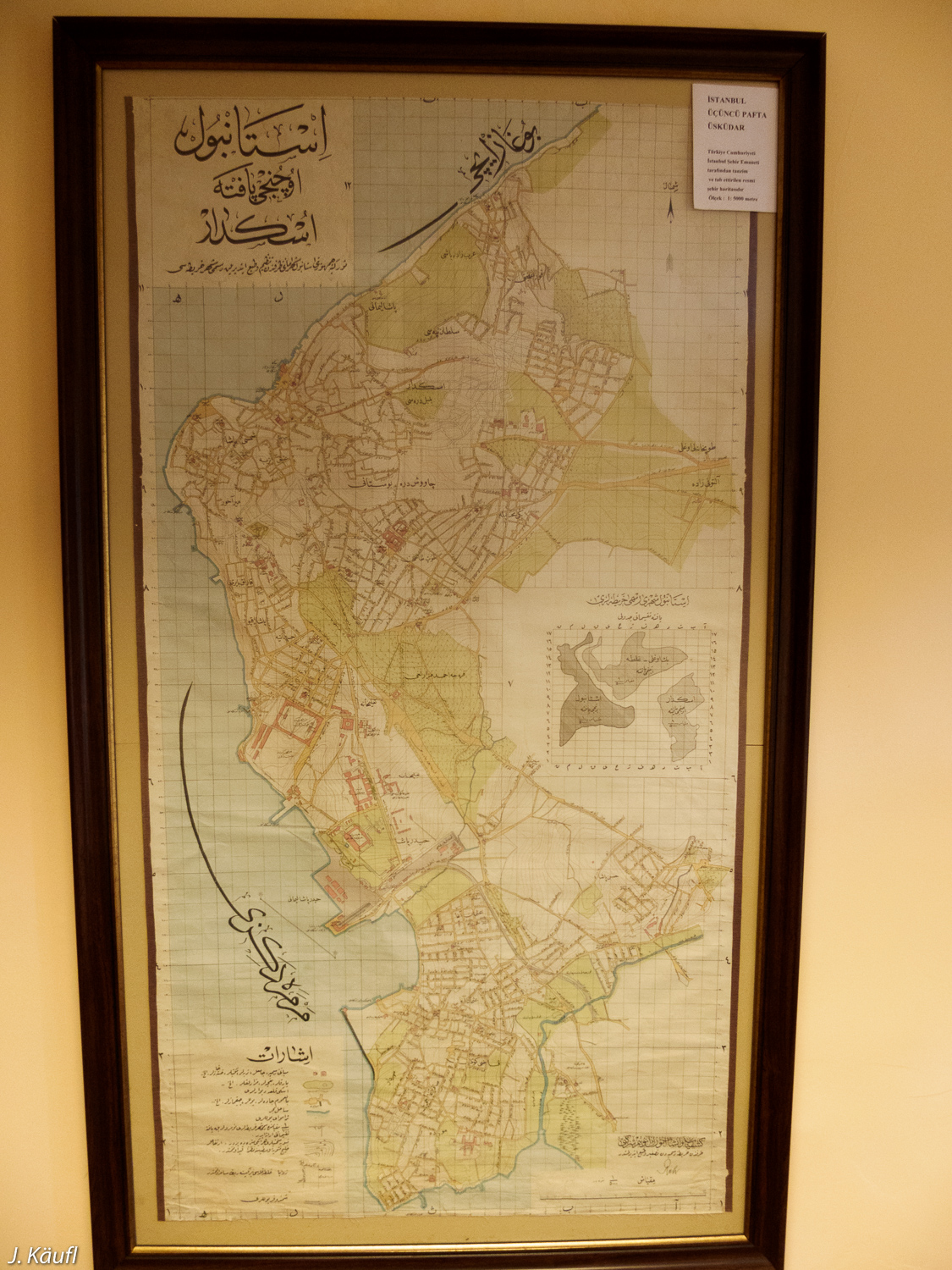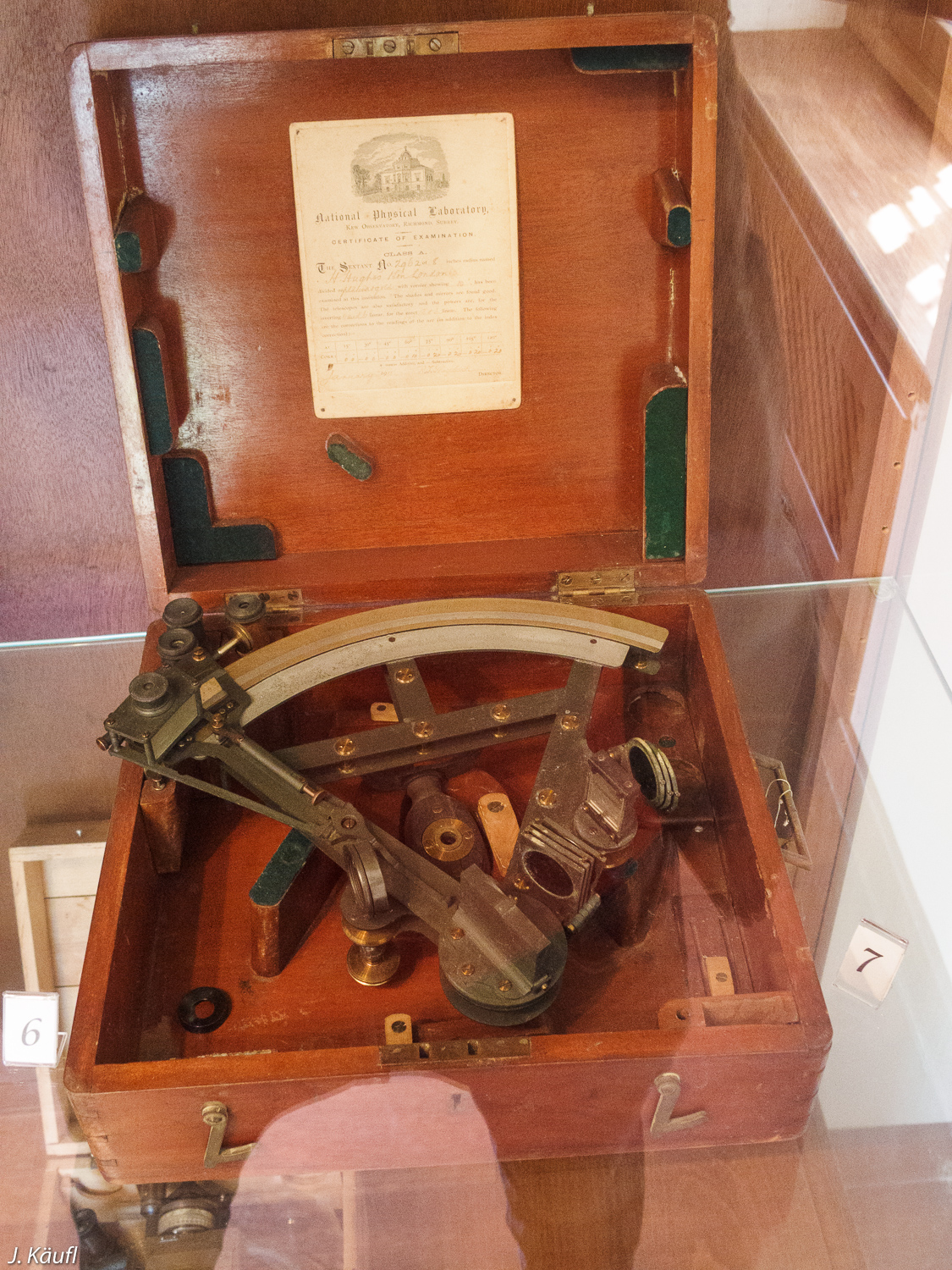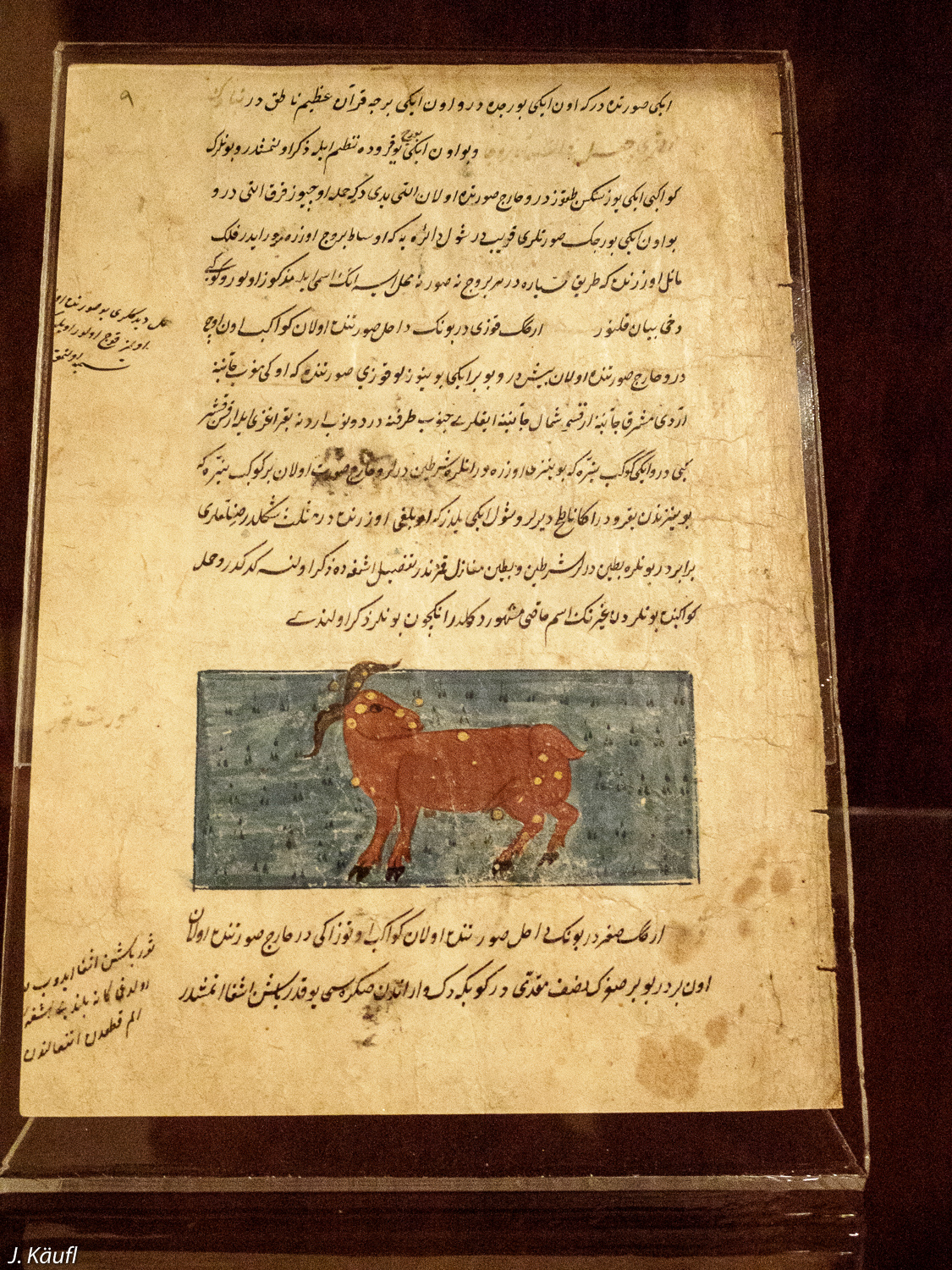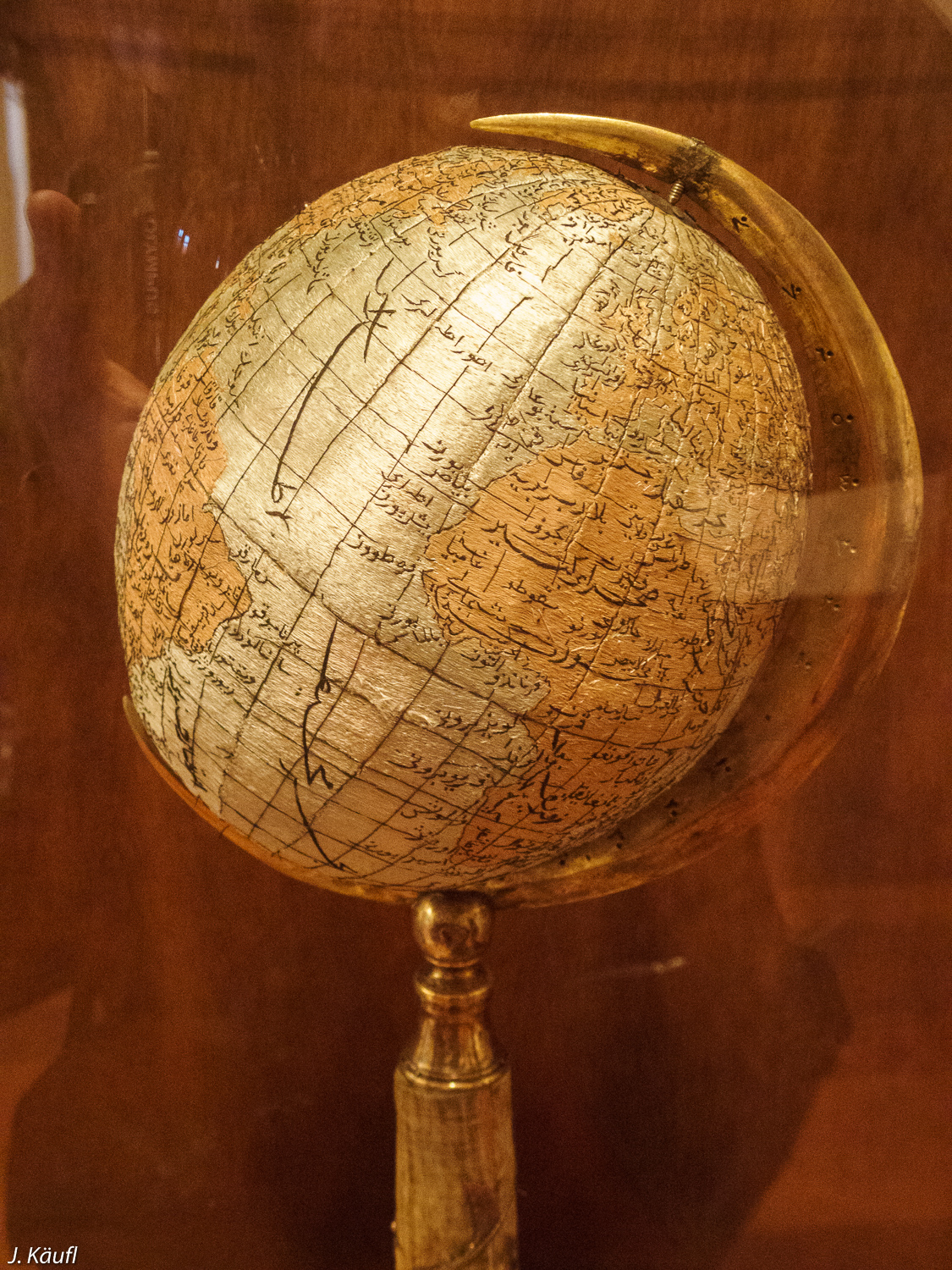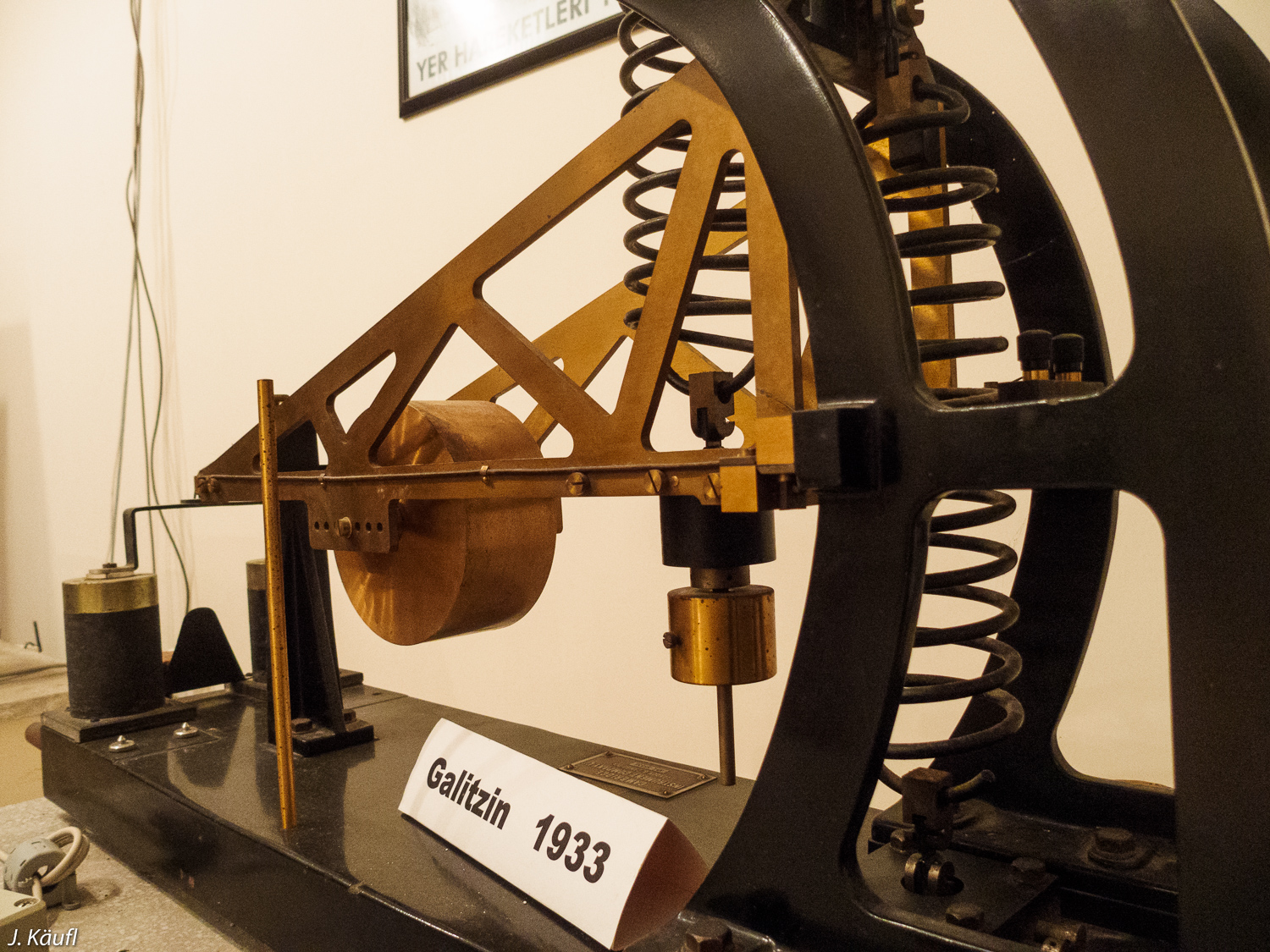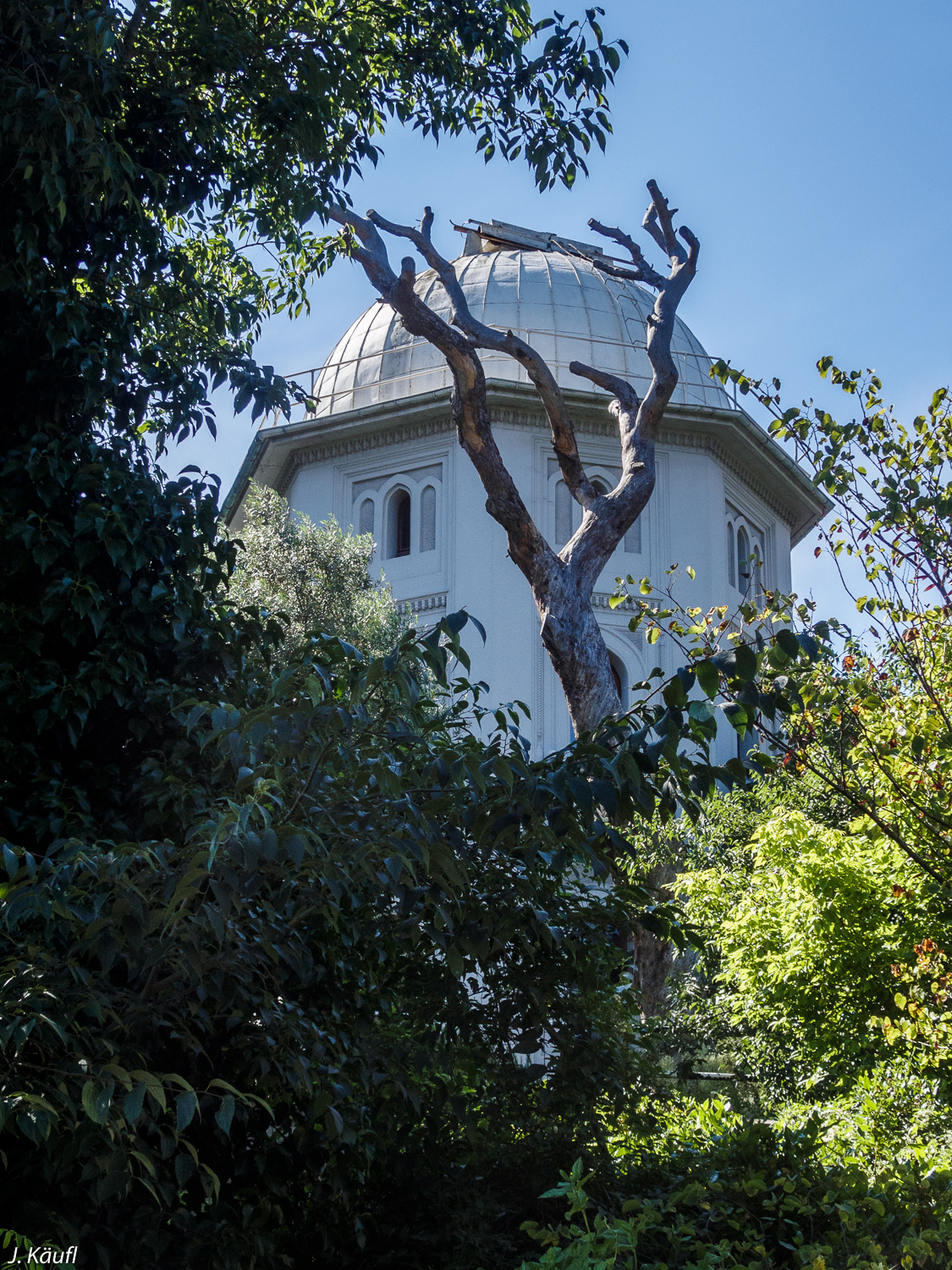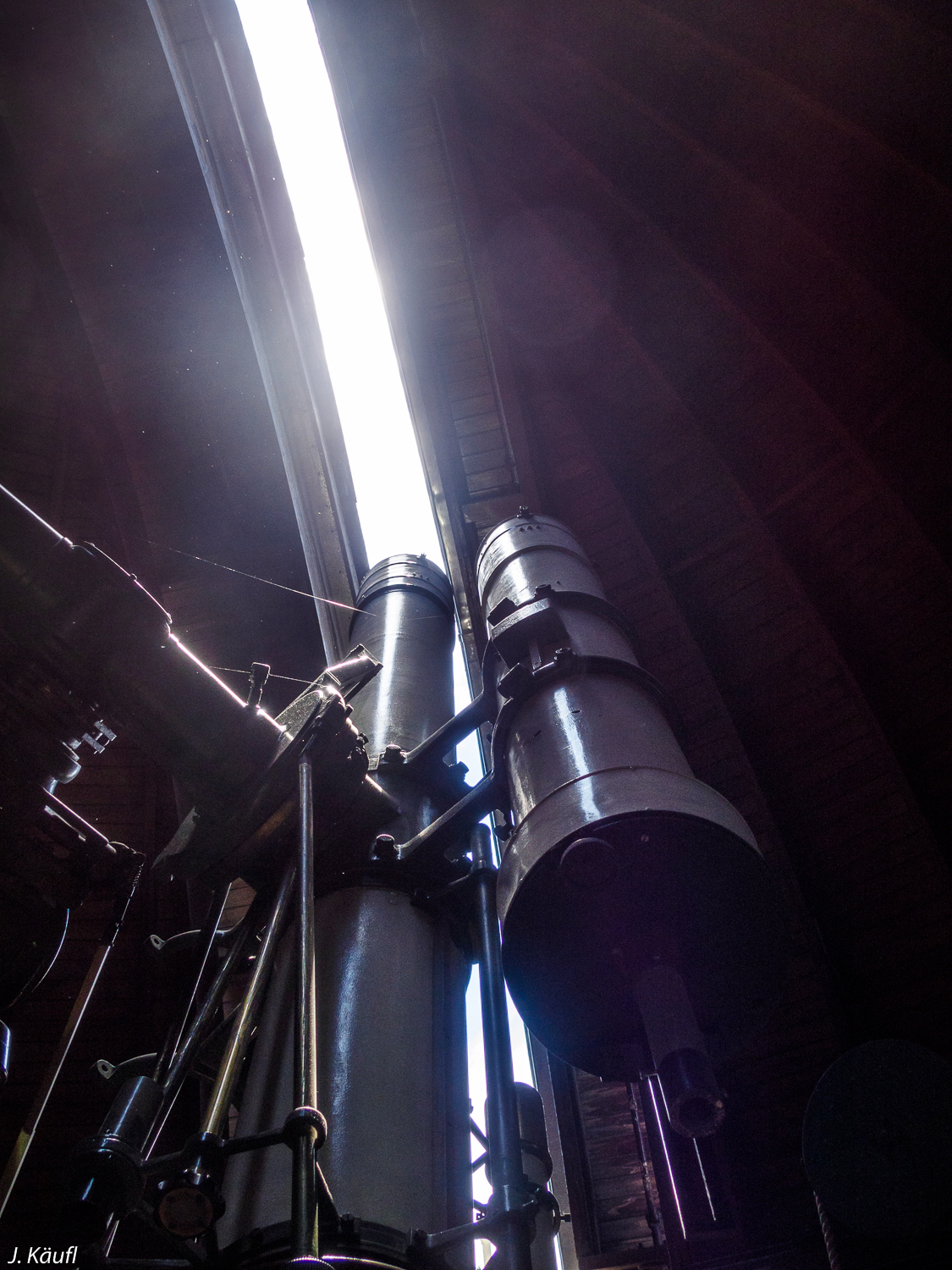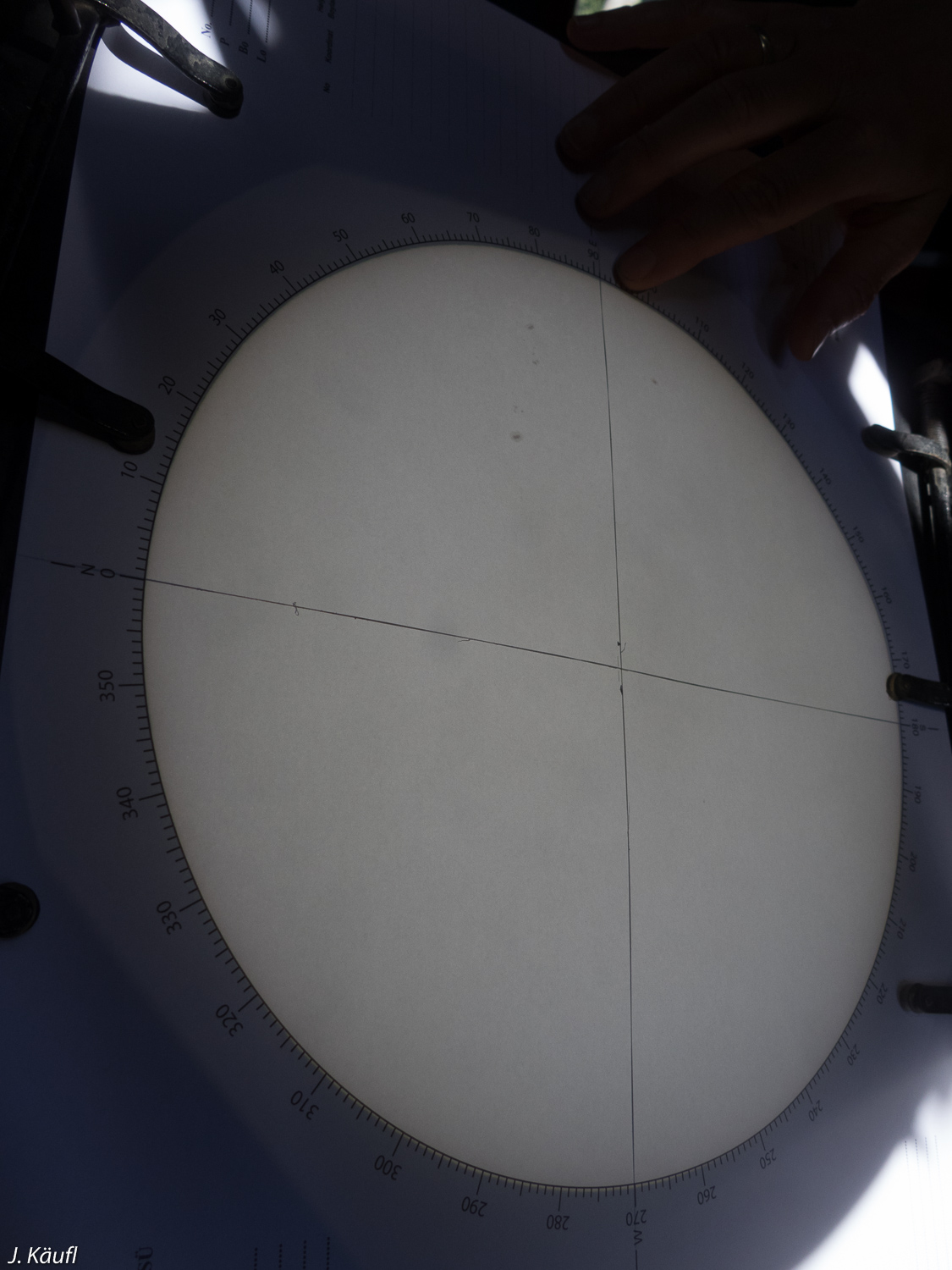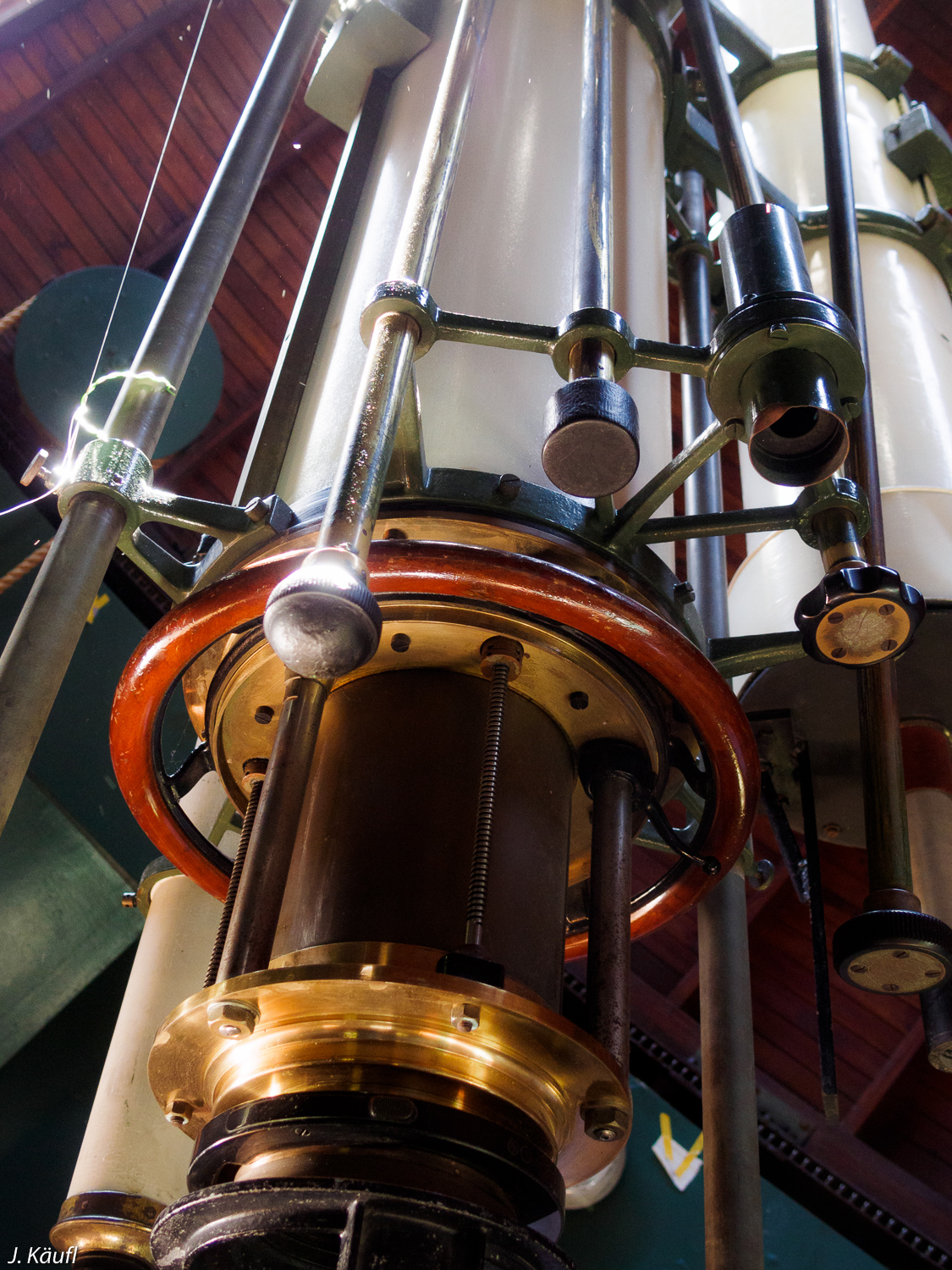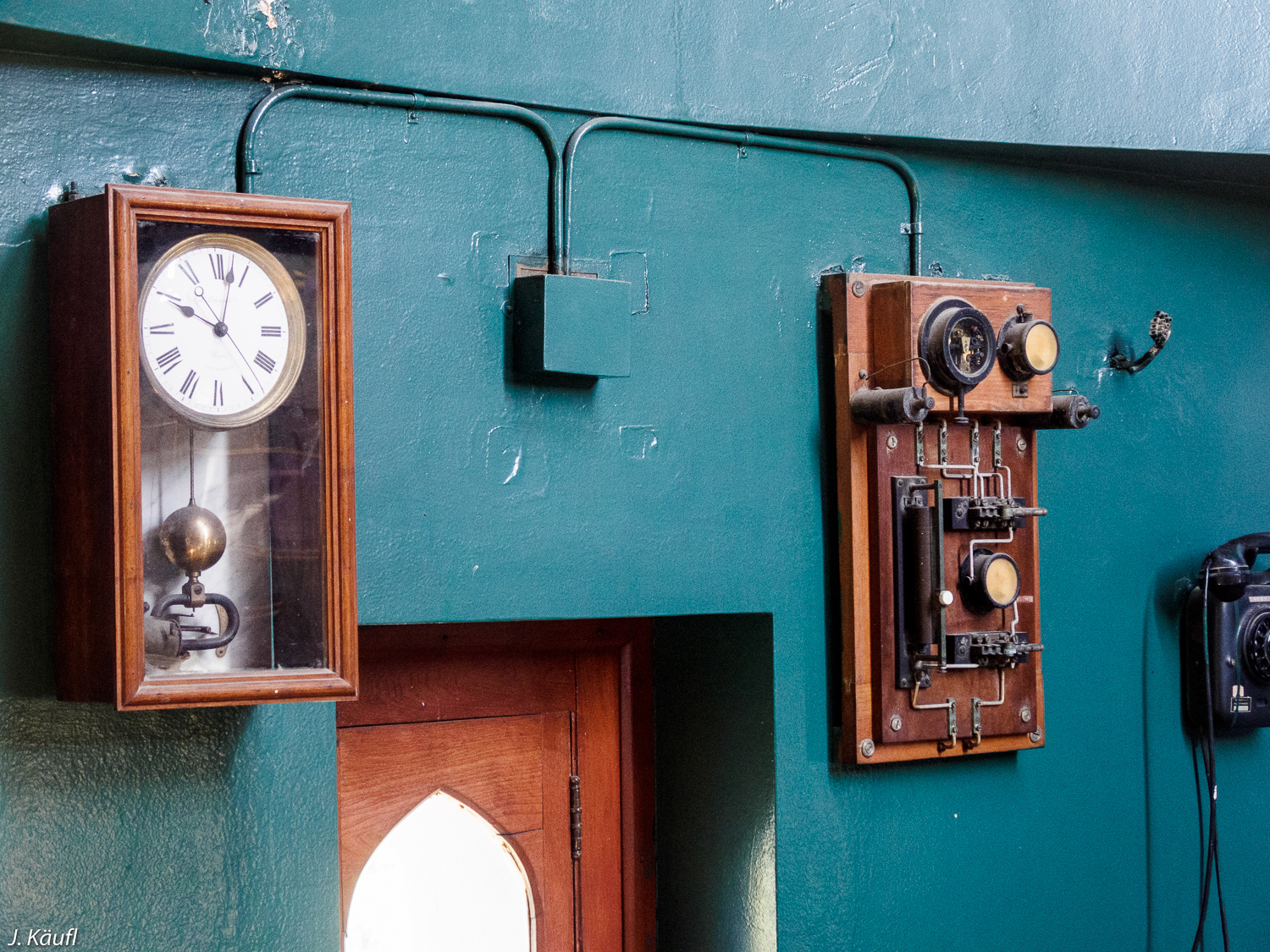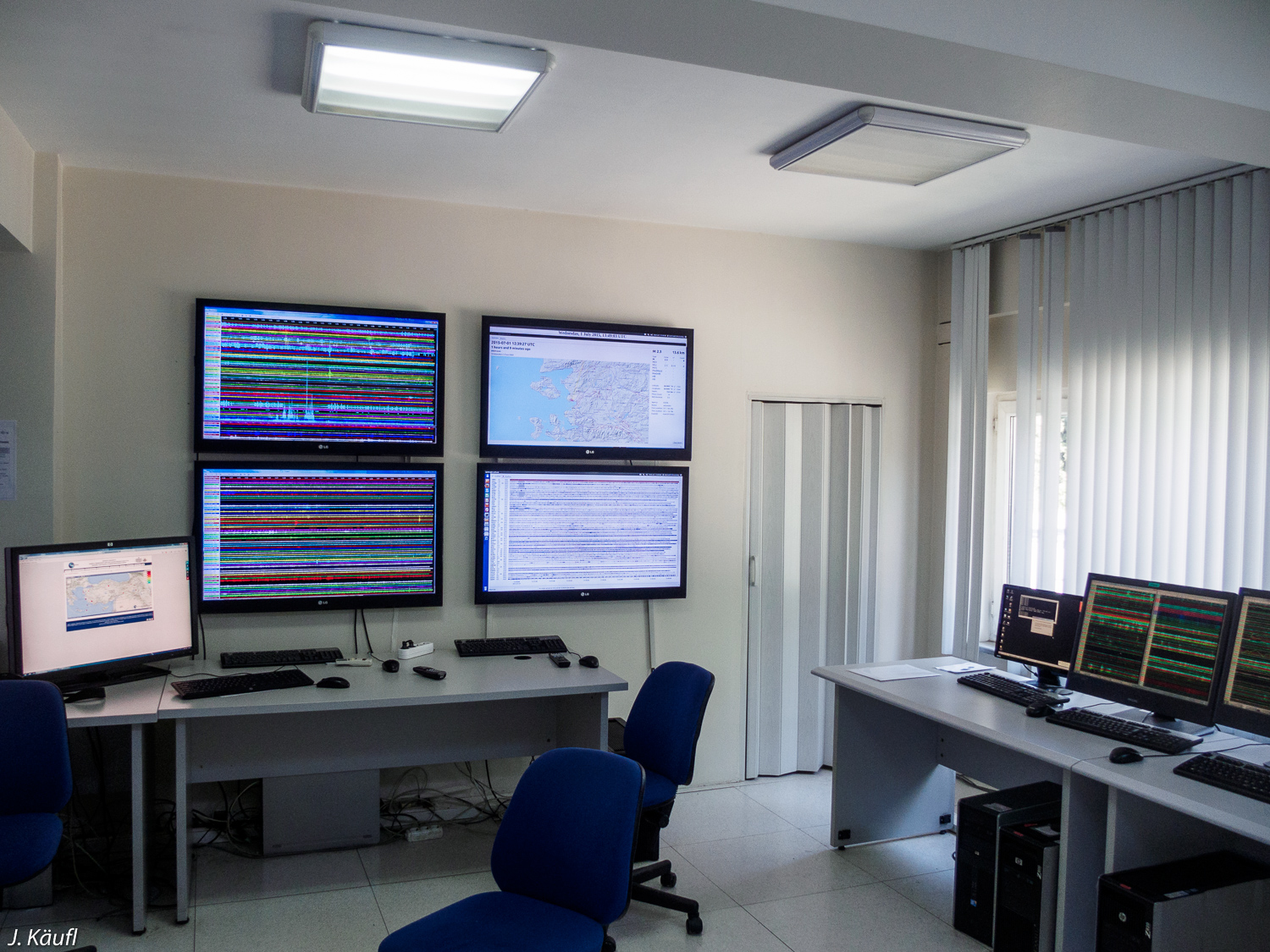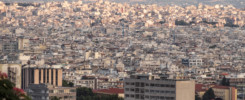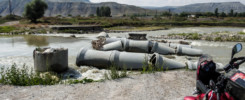So, Istanbul, what’s there left for me to tell, that hasn’t been told already. Byzantium, Constantinople, Istanbul; three names and almost three millenia of history, capital of the Eastern Roman and the Ottoman Empire. Straddling two continents and housing 14 million inhabitants and almost as many tourists per year. With the tourists there come other people, people who want their money. They are everywhere and there are lots of them, urging you to enter their restaurant, their café or their shop, trying to sell souvenirs, weed or an hour of love, sometimes polite sometimes less so. This may sound negative. It isn’t. It is just part of the experience.
Hagia Sophia, the Blue Mosque, the Grand Bazar, walking the alleyways in the old town of Sultanahmet and the streets of Kadıköy, with its cosmopolitan and artistic flair, taking a bath in a Hamam, spending the nights on hostel rooftops, smoking waterpipe and discussing the world and everything else under the sun with some other travellers. That’s probably what everyone does, who comes to Istanbul for the first time but then I also stumbled upon the Kandili Earthquake Museum. “Not open to the public, you need to make an enquiry beforehand to visit the museum.” said the hostel employee after he phoned the museum for me. But I wouldn’t give up so easily, I went to the museum to see if I find a way to get in there and indeed there was, despite the fact that the university area, where the museum is located, was fenced and guarded. The guards were very friendly (and a tad impressed as I told them I’ve ridden all the way from Germany to Istanbul). After some chit-chat with them (more with hand, feet and google translate than verbally because they spoke no english) , they made a phonecall and told me to come the next day, as the lecturer responsable for the museum wasn’t here today. And, much to my surprise, the lecturer welcomed me the next day and unlocked the museum.
There was an amazing collection of old seismometers, theodolites, sextants, chronometers, telescopes and other scientific instruments beatifully made from brass, wood and leather as well as globes, maps and arabic scripts about science. Unfortunately the lecturer couldn’t speak english, so I had to resort to just look at the instruments. After that I was invited to the sun observatory, again an old building with an antique telescope, which was still used to map sunspots. Lastly I had the chance to see the National Earthquake Monitoring Center, more modern with computer screens on the walls, and speak to one of the scientists there (this time in english). I was amazed, that they welcomed me so friendly and took the time to show around a stranger who just came knocking on their door.
